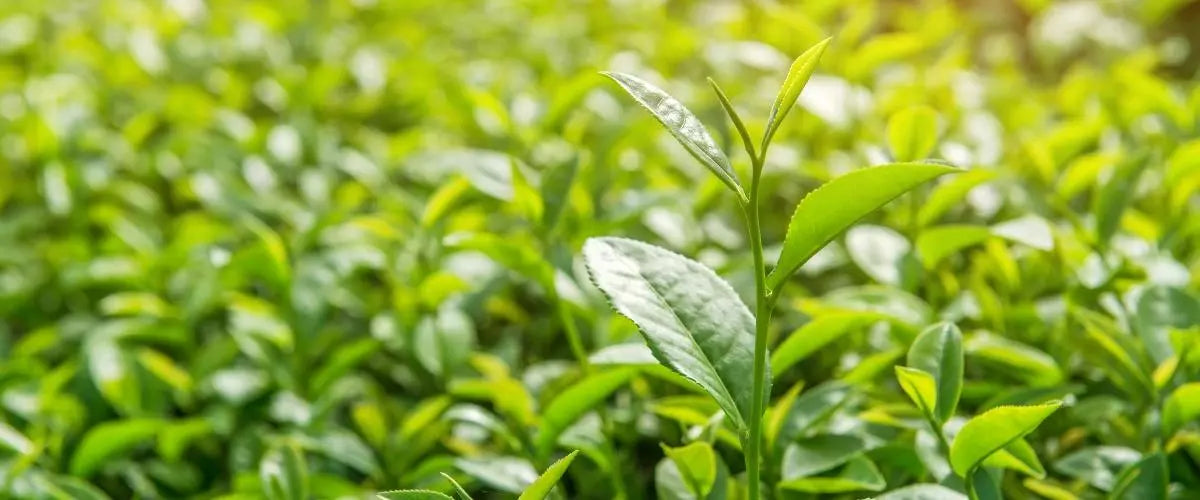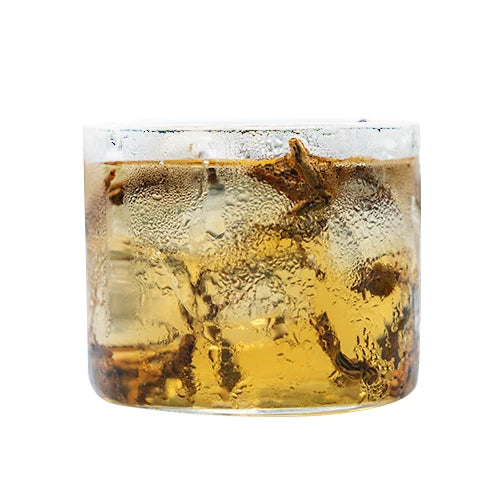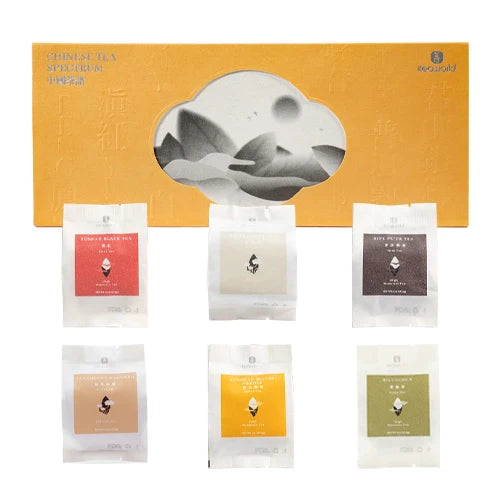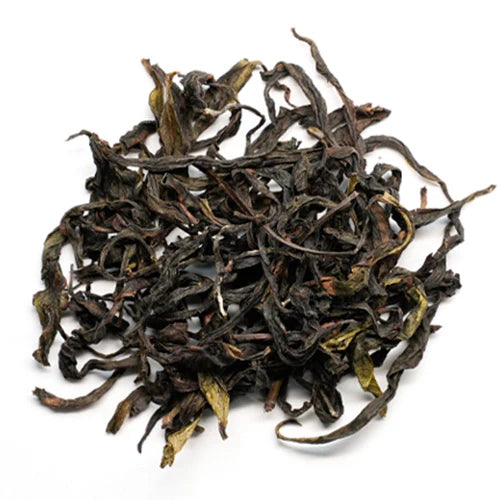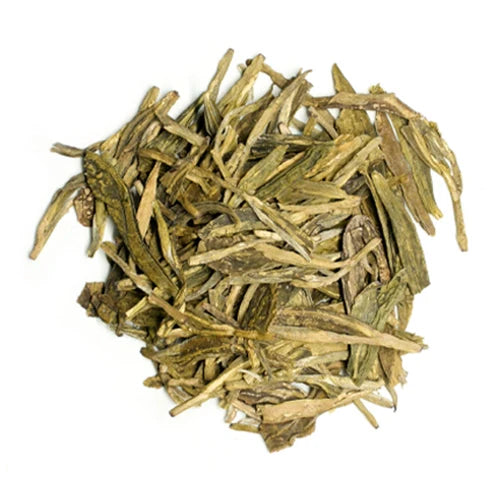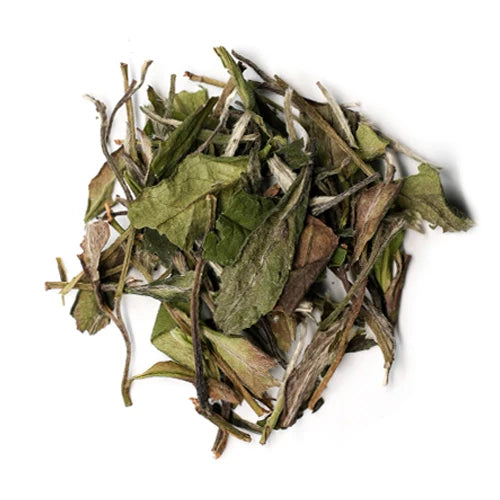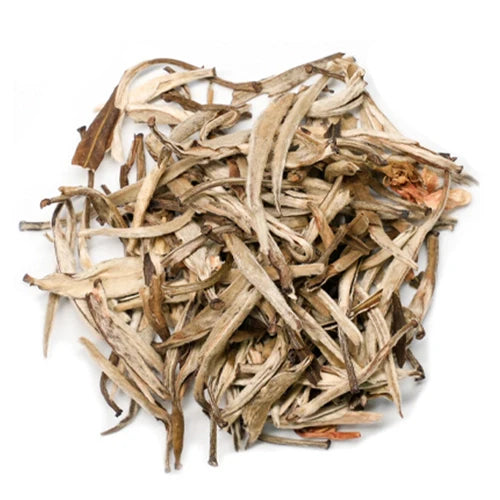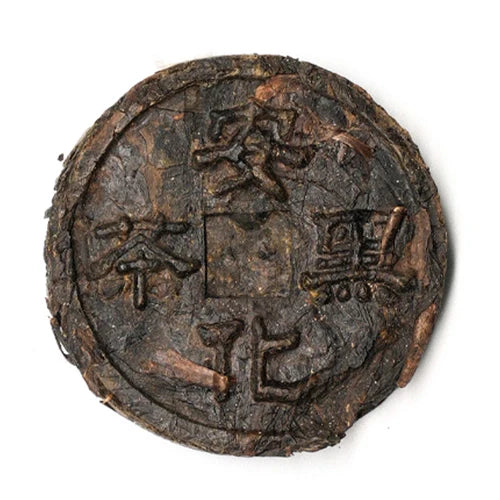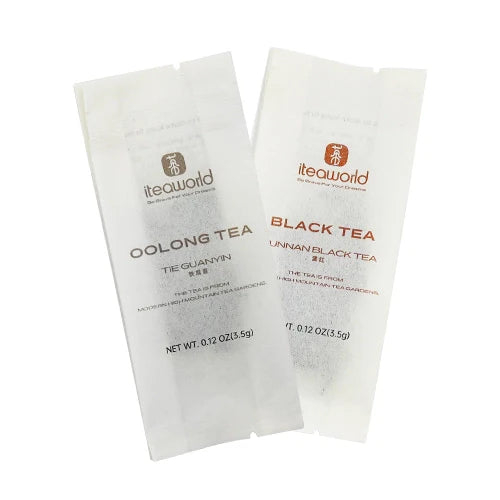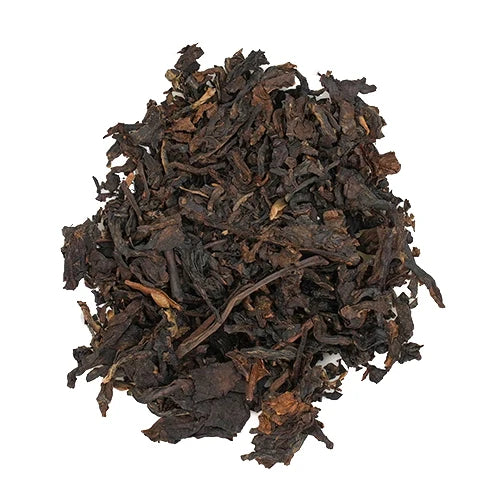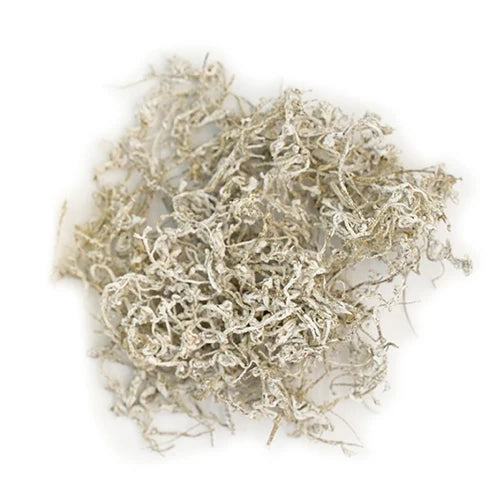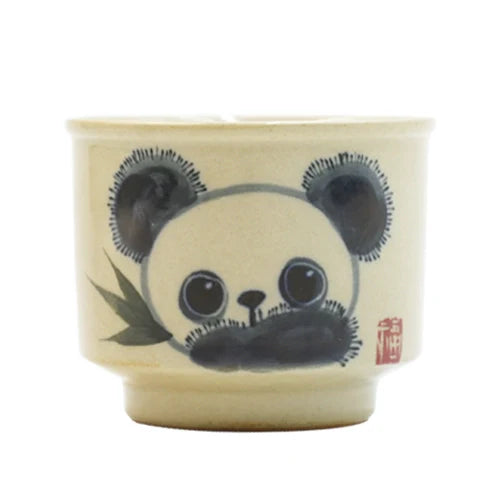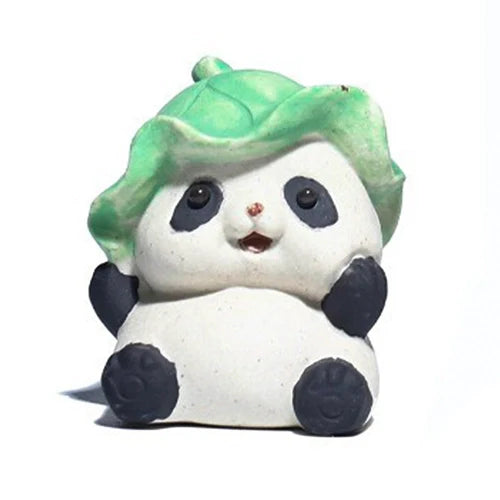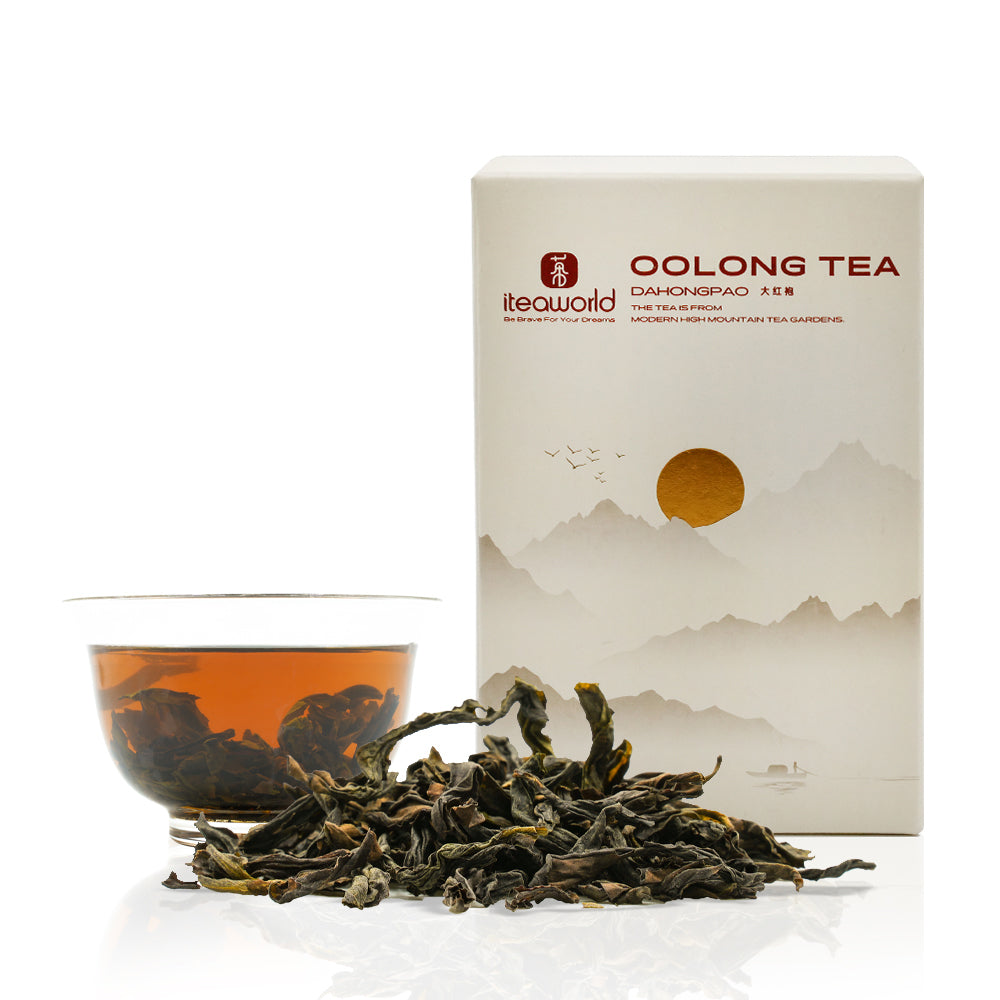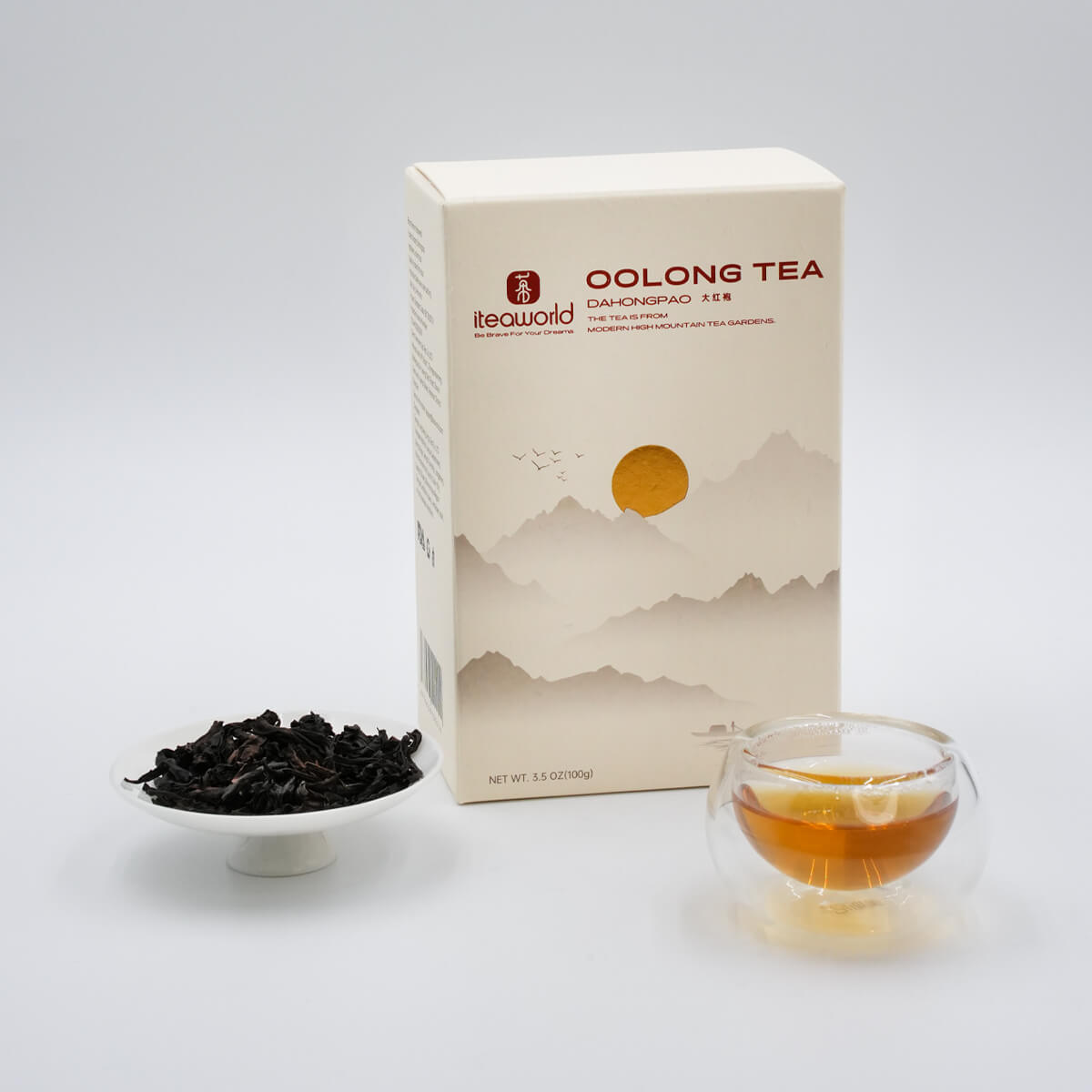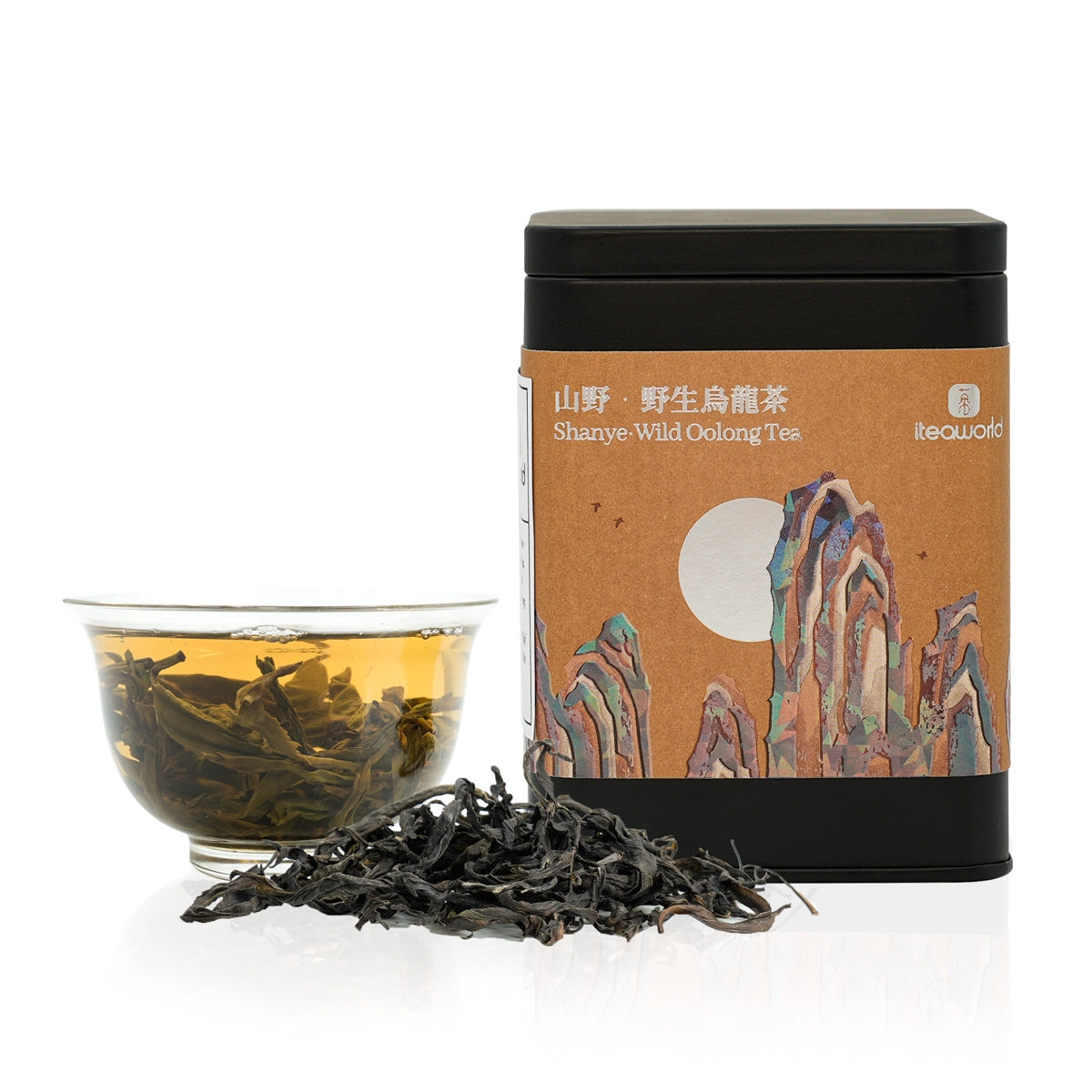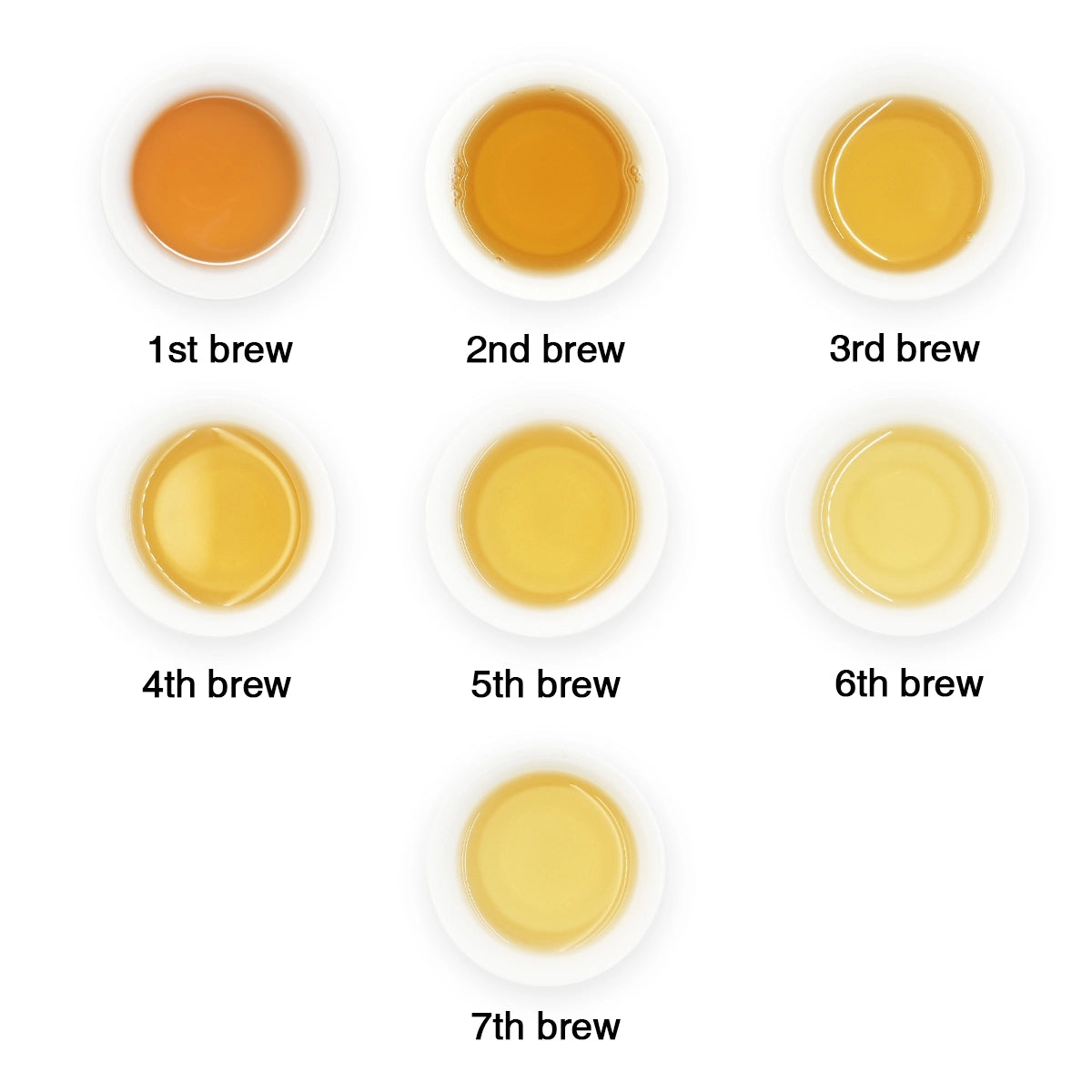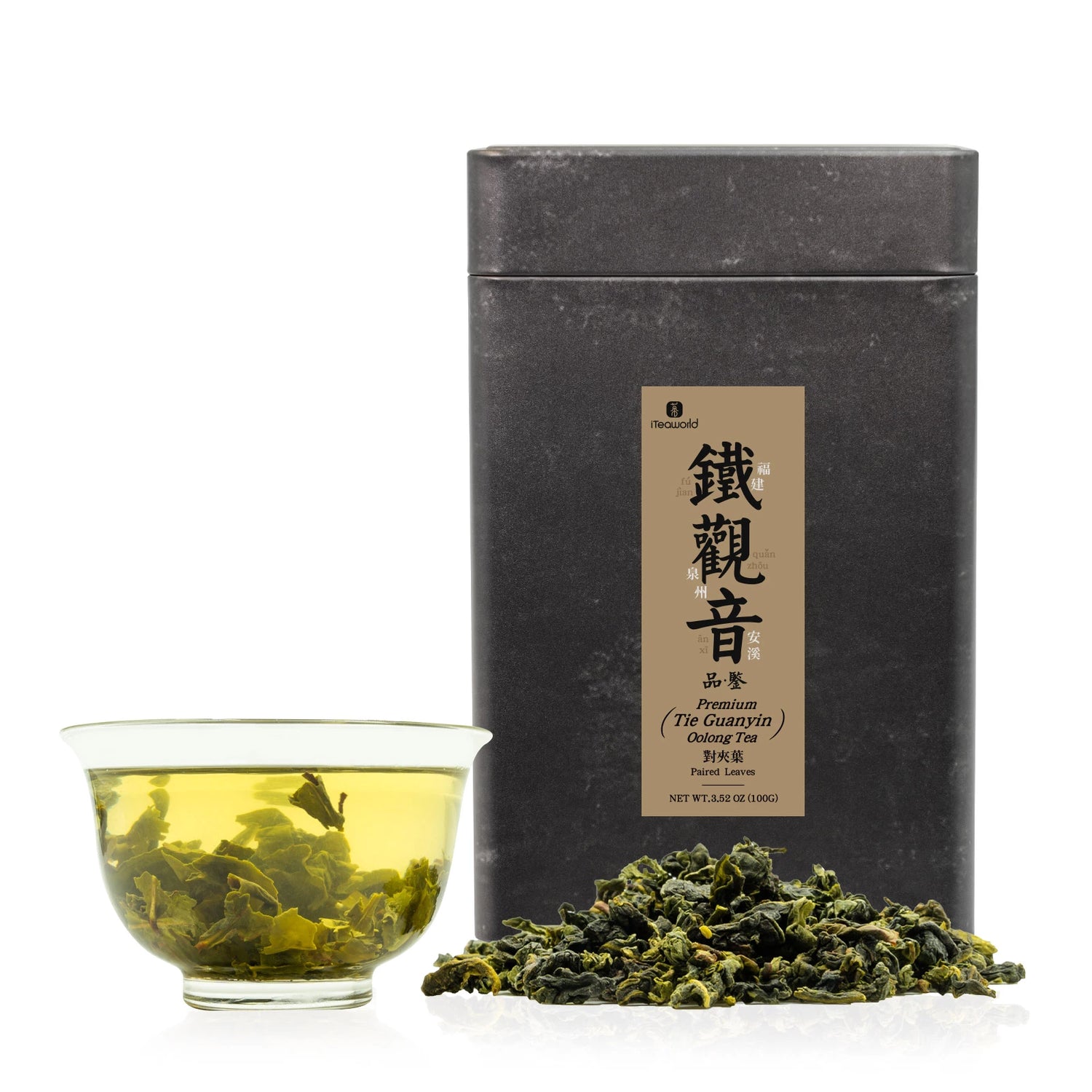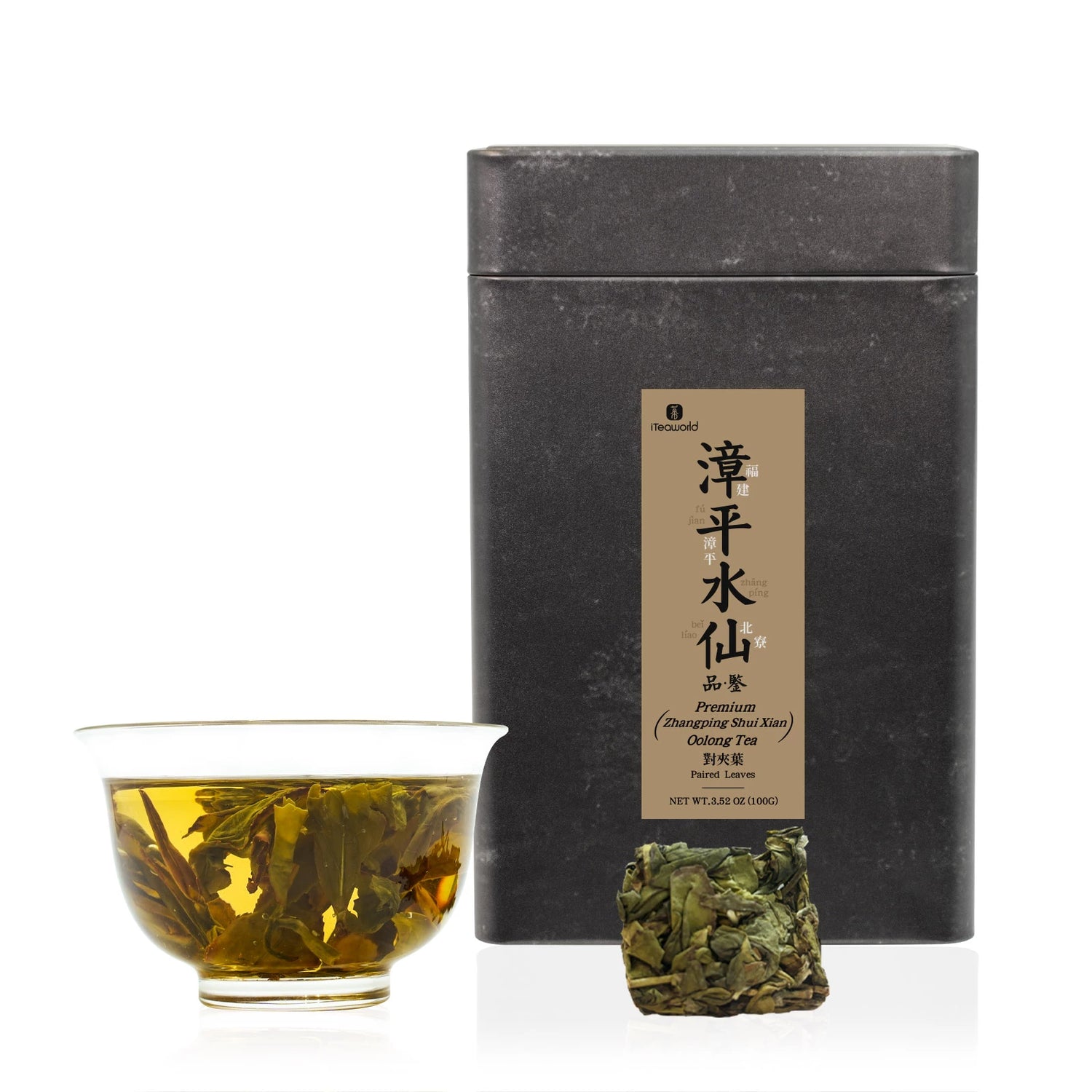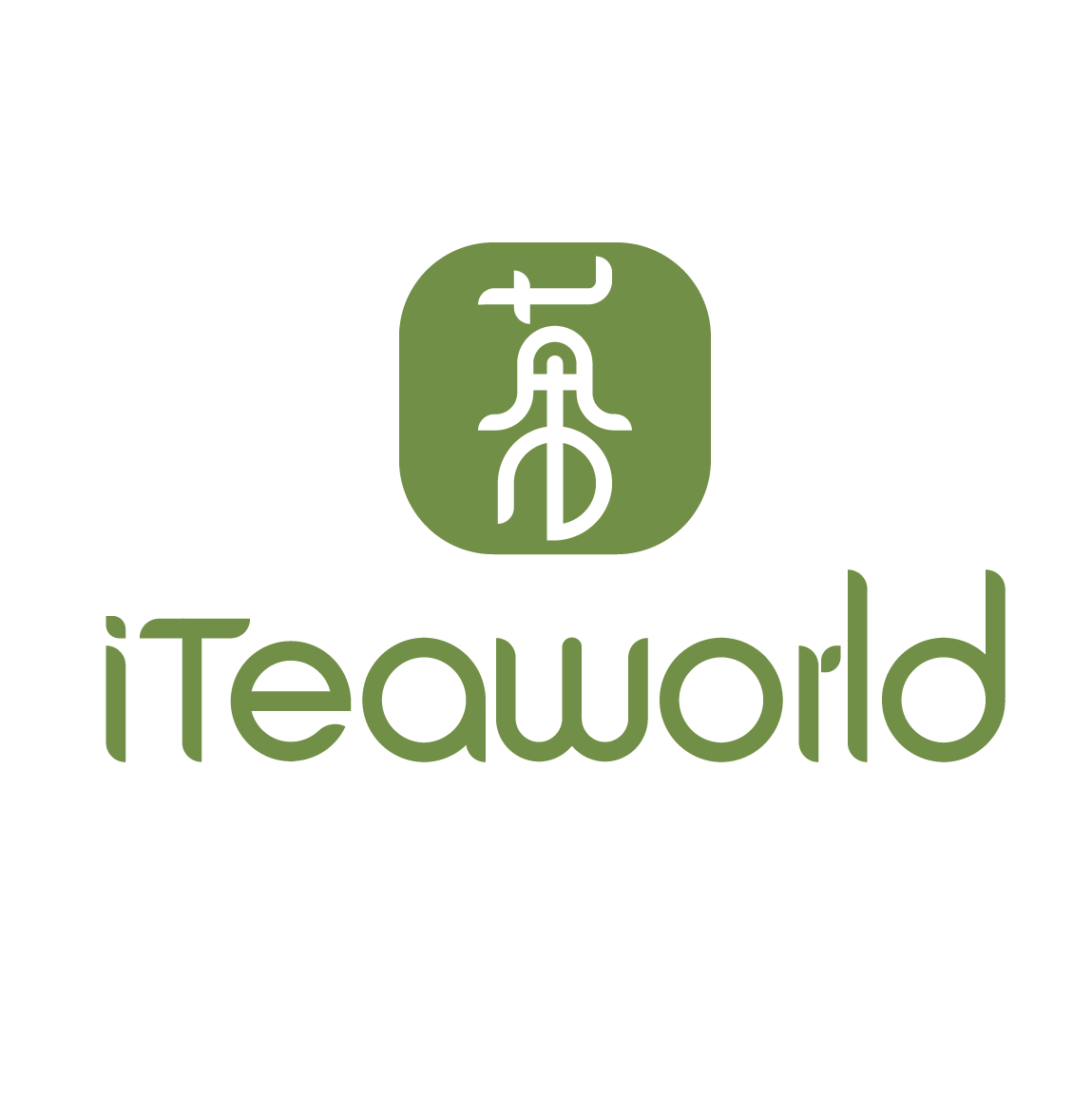Выбор для новичков
- Впервые пробуете улун?
Начните с 10 классических улунов – 10 фирменных вкусов, простые в приготовлении 5-граммовые чайные лепешки.
- Хотите попробовать традиционное пивоварение?
Попробуйте Улун Сэмплер – 4 листовых чая для чайников или гайваней.
- У вас гибкий бюджет?
Переходите на коллекцию Улун — высочайшее качество, элегантная презентация для подарка.
- Знаете свой вкус? Попробуйте:
Да Хун Пао
Насыщенный и жареный, насыщенный с нотками поджаренного хлеба
Те Гуань Инь
Свежий и цветочный, яркий аромат и четкий вкус
Миннан Шуй Сиань
Мягкий и древесный, естественно сладкий с нежным послевкусием
Сортировать по:
13 продуктов
13 продуктов
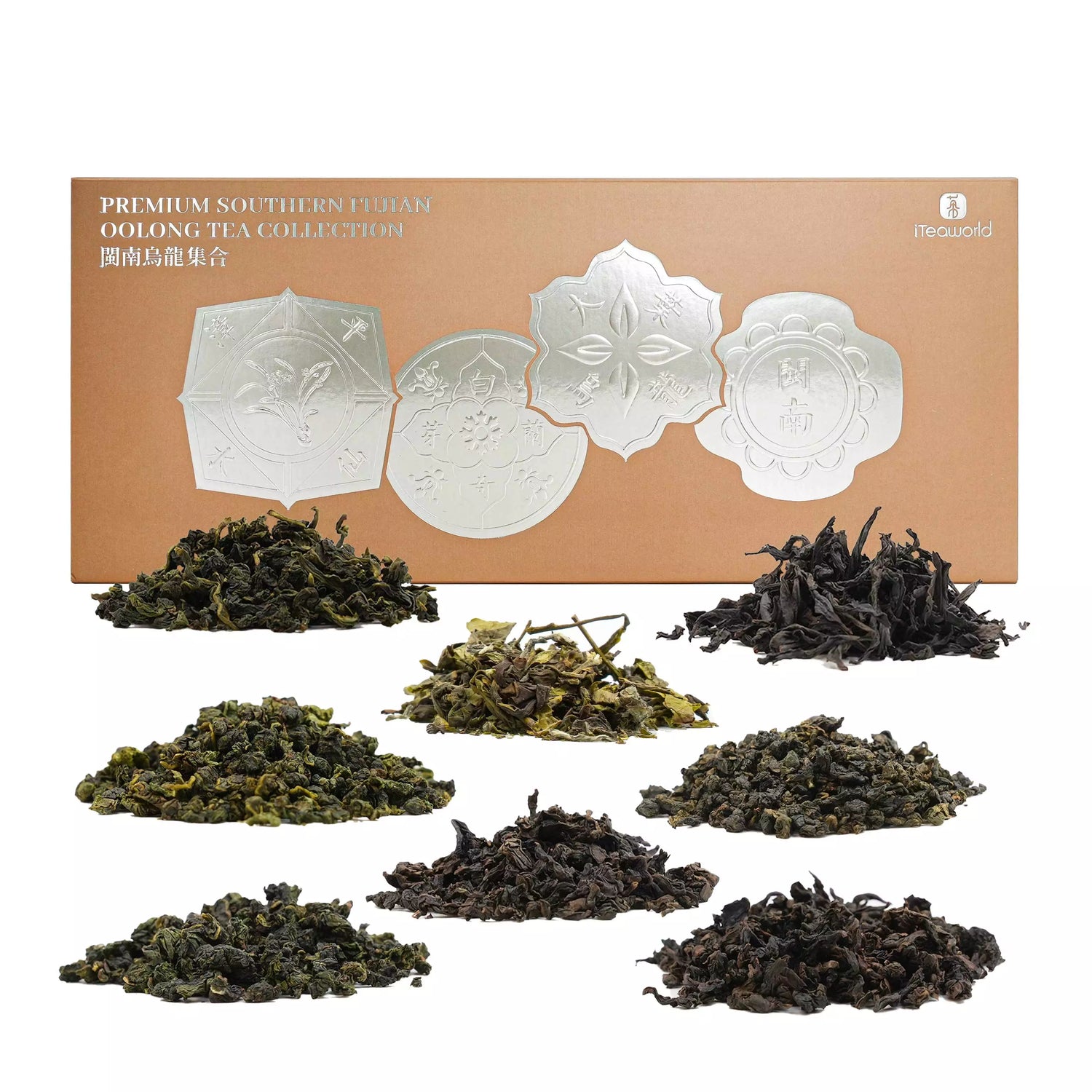

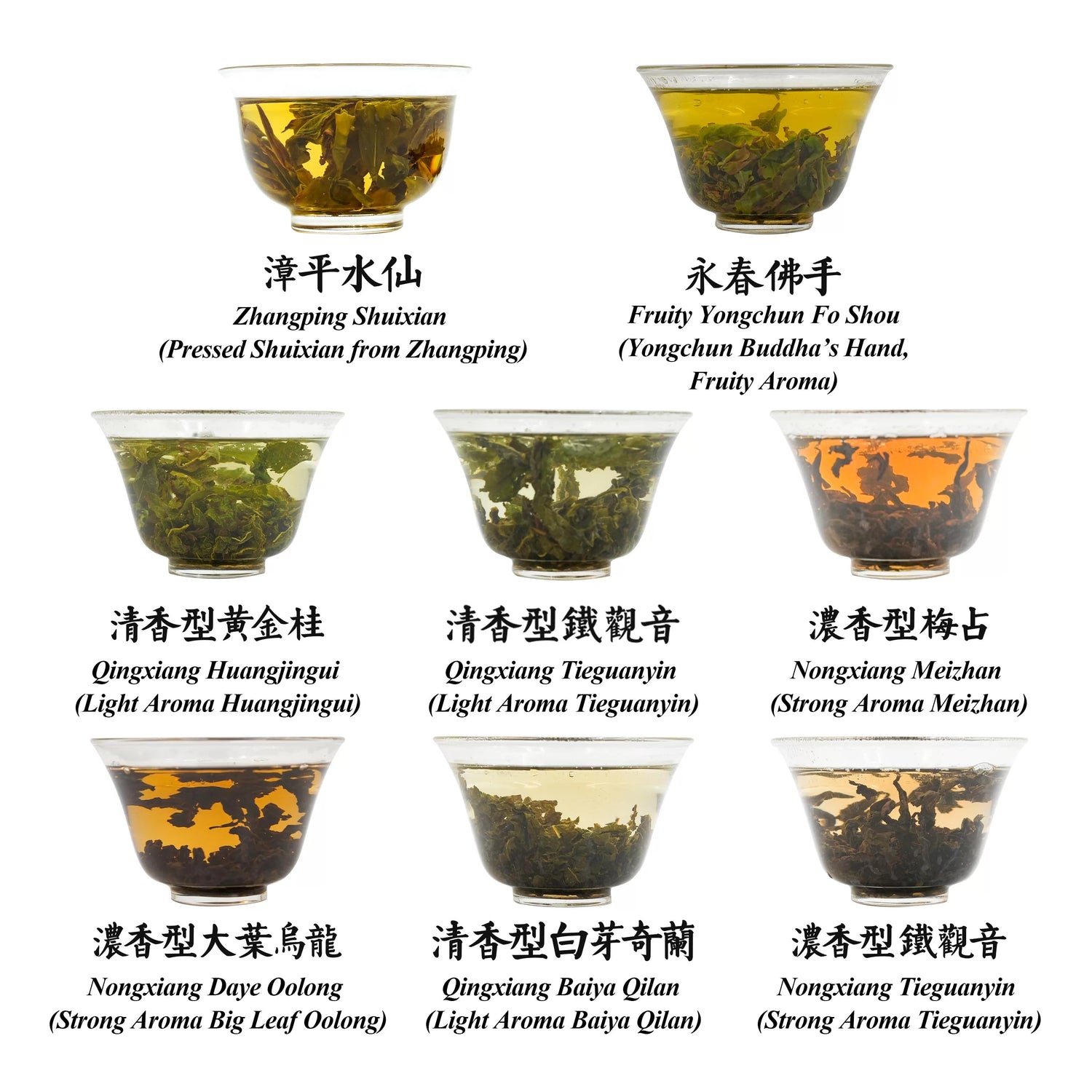
Коллекция улунов «Южная Фуцзянь» — 8 уникальных исторических вкусов 100 г
$29.99 USD
Цена за единицу товара заКоллекция улунов «Южная Фуцзянь» — 8 уникальных исторических вкусов 100 г
$29.99 USD
Цена за единицу товара заОткройте для себя богатое наследие южнофуцзяньских улунских чаёв — родины культовых Те Гуань Инь и Чжанпин Шуй Сянь, признанных частью нематериального культурного наследия Китая. С XVII века этот регион является пионером в производстве ароматных улунов, известных своими цветочными, фруктовыми нотами и лёгкой обжаркой. Эти чаи, изготовленные с использованием проверенных временем техник, таких как лёгкое окисление, многослойная обжарка и кропотливая формовка листьев, отражают суть миннаньской традиции. Независимо от того, являетесь ли вы опытным любителем чая или только начинаете свой путь, эта тщательно подобранная коллекция предлагает вам истинный вкус истории улунов.
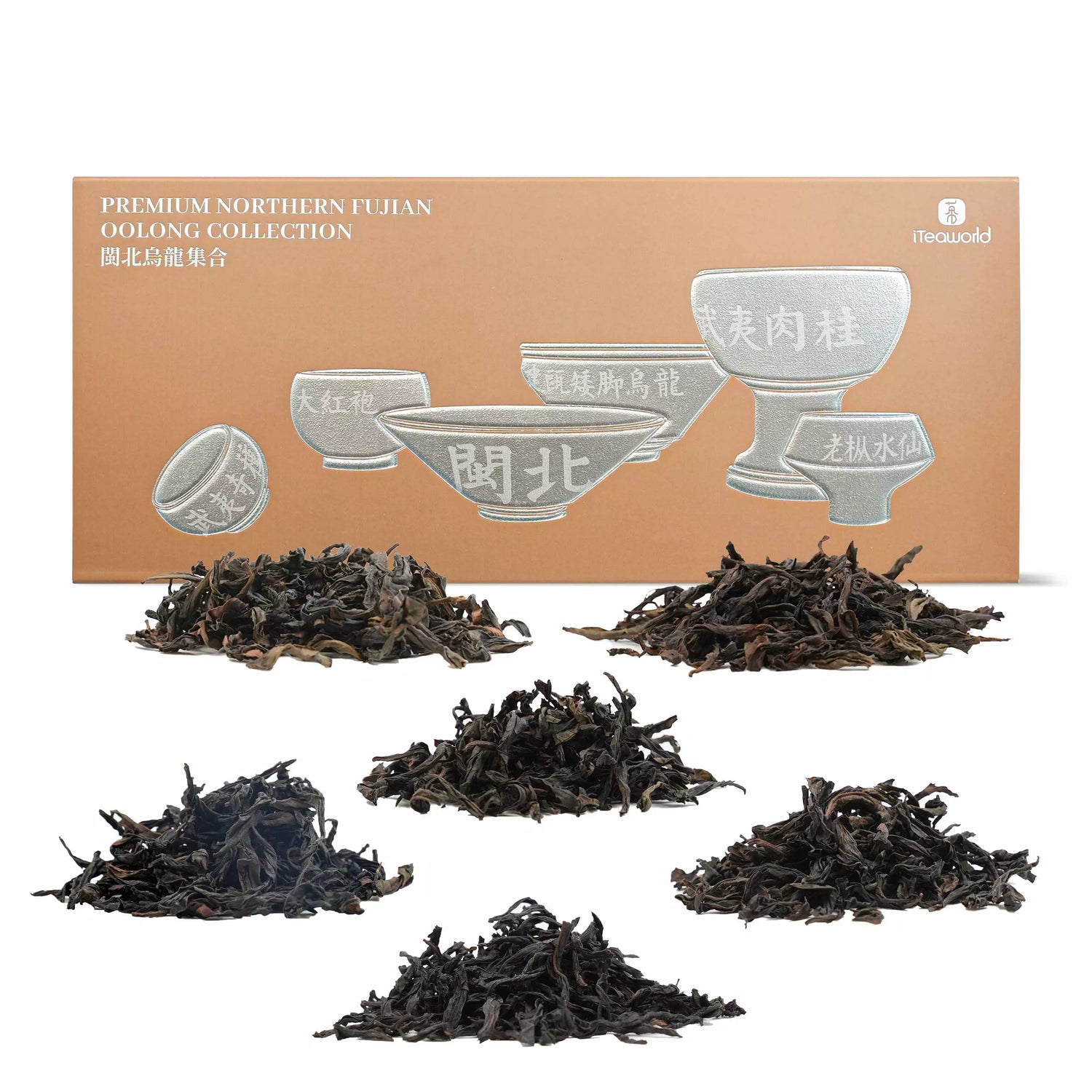

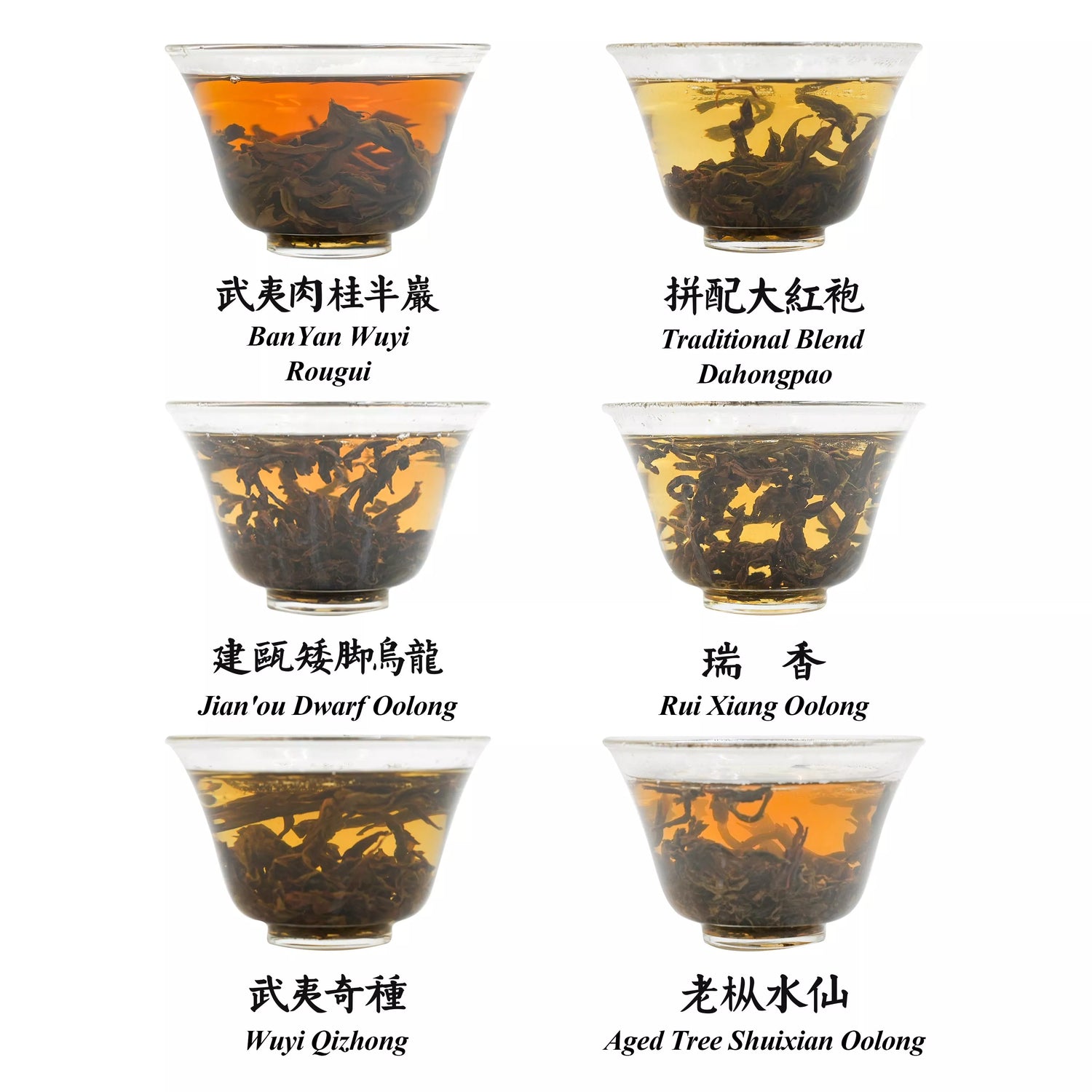
Коллекция улунов Северной Фуцзянь — 6 представительных вкусов 100 г
$39.99 USD
Цена за единицу товара заКоллекция улунов Северной Фуцзянь — 6 представительных вкусов 100 г
$39.99 USD
Цена за единицу товара заСеверный Фуцзянь считается родиной улуна, а традиционные методы производства чая Wuyi Rock Tea признаны частью нематериального культурного наследия Китая. Эта коллекция включает в себя культовые сорта улунов от династии Сун (Уи Цичжун и улун Цзяньоу Карликовый) до наших дней (Блендированный Да Хун Пао, Уи Жугуй, Улун Шуйсянь Выдержанного Дерева), а также новые сорта с большим потенциалом (Улун Жуйсянь). Каждый чай несет в себе уникальное мастерство региона, свою неповторимую историю и вкус. Мы надеемся, что эта коллекция позволит вам открыть для себя разнообразие вкусов и богатое культурное наследие улуна из Северной Фуцзянь (Миньнань).
Состав продукта:
Уи Цичжун*3 пакетика* 5г
Карликовый улун Цзяньоу*3 пакетика* 5 г
Смесь Да Хун Пао*4 пакетика* 5 г
Уи Руги *4 пакетика* 5г
Выдержанный чай Шуйсянь улун*3 пакетика* 5 г
Улун Руй Сян*3 пакетика* 5 г
Время обработки: ноябрь 2024 г.
Срок годности: 36 месяцев
Чай улун из Миннаня: чашка, история, предание
1. Происхождение (династии Тан и Сун)
- Для производства чая «бэйюань» (разновидности пропаренного зелёного чая) местные жители использовали чай «Уи цайча» (Qi zhong) . Во время транспортировки листья соприкасались, в результате чего некоторые из них краснели и подвергались частичному окислению, приобретая полуферментированные свойства, которые считаются истоками чая «улун».
2. Рождение (династия Мин)
- После того как император Чжу Юаньчжан запретил прессованные чайные лепешки, фермеры-чаеводы горы Уи объединили методы обработки зеленого и черного чая, чтобы создать полуферментированный улун.
3. Развитие (династия Цин)
- Чай Уи-Цай (Ци Чжун): к эпохе династии Цин, чай Уи-Цай (Wuyi Rock Tea) разработал основные методы сушки на солнце, встряхивания и обжаривания. Система чая Уи-Цай достигла зрелости, и первыми представителями этого чая стали чай Уи-Цай (Ци Чжун) и четыре его известных сорта (Да Хун Пао, Бай Цзи Гуань, Те Ло Хань, Шуй Цзинь Гуй).
- Карликовый улун Цзяньоу: Карликовый улун (также известный как улун Сяо Е) родом из города Дунфэн Цзяньоу был завезен на гору Уи, где его усовершенствовали с помощью мастерства, включая обжарку на древесном угле, что придало ему характерный персиковый аромат и выраженный минеральный привкус, что сделало его фаворитом для купажирования и дало ему прозвище «Премьер-министр чая».
- Уи-жуй: Жоу-гуй, ещё один знаменитый горный чай, берёт своё начало в эпоху династии Цин. Когда-то он был редким и встречался лишь в скалистых районах Уи, но в 1960-х годах его ареал значительно расширился благодаря вырубке и размножению.
- Уи Шуйсянь: Чай Шуйсянь, завезенный из Цзяньяна в 1800-х годах, стал классикой провинции Фуцзянь благодаря своему насыщенному древесному вкусу и плотной текстуре.
4. Процветание (с XX века по настоящее время)
- Смешанный Да Хун Пао: В XX веке прорыв в методах бесполого размножения позволил успешно размножить Да Хун Пао путем черенкования в 1982 году, что привело к массовому производству чистого Да Хун Пао после того, как в 2006 году прекратился сбор урожая с материнского дерева.
- Жуйсян: Новые гибридные сорта, такие как Цзинь Мудань, Хуан Гуаньинь и Жуйсян, были выведены путём скрещивания традиционных сортов, таких как Жоу Гуй, Шуй Сянь и Хуан Цзинь Гуй. Жуйсян, в частности, известен своим постоянно меняющимся ароматом — от ладана и гардении до османтуса, персика и мёда, — за что получил прозвище «Изменитель облика» среди горных чаёв.
Уникальные характеристики крафта:
1. Интенсивная ферментация и окисление
Северофуцзяньские улуны обрабатываются по уникальной технологии: более длительное завяливание на солнце, лёгкое, но многократное встряхивание, несколько циклов окисления и глубокая ферментация. По сравнению с южнофуцзяньскими улунами (которые окислены на 10–30%), северофуцзяньские улуны имеют степень окисления от 25 до 55%, что придаёт чаю насыщенный янтарно-золотистый цвет и более мягкий, насыщенный вкус.
2. Процесс обжарки древесного угля
Обжарка на древесном угле — фирменная техника производства улунских чаёв Северной Фуцзянь. Она включает три ключевых этапа:
Первичная обжарка («Water Walk»): высокая температура (~150 °C) используется для быстрого удаления поверхностной влаги и травянистых ноток.
Вторая обжарка (медленная обжарка): щадящая, продолжительная обжарка, длящаяся 10–18 часов, с постепенным понижением температуры до ~80 °C. На этом этапе раскрываются насыщенные карамельные и минеральные ноты.
Финальная обжарка (выдержка): очень медленная обжарка при температуре 60–80 °C в течение 12–24 часов. Этот этап снижает влажность листа до 3–5%, увеличивая срок хранения и потенциал выдержки.
Для обеспечения равномерной обжарки используется только плотный уголь из твердых пород древесины, например, лонгана или личи.
Этот традиционный метод придает чаю теплый, округлый вкус с глубоким ароматом обжарки, более мягкий и изысканный характер, чем резкий вкус чая, обжаренного с помощью электрочайника.
3. Раскатка и формовка
Никакого скручивания — в отличие от южнофуцзяньских улунов, северофуцзяньские улуны не скручиваются плотно, сохраняя свою длинную, скрученную форму листа с глянцевым темным оттенком и красновато-коричневыми бликами.
Двойная обжарка и скручивание — чай обжаривается и скручивается дважды, что обеспечивает равномерное высвобождение его внутренней эссенции и создание более густого, шелковистого чайного настоя.
Рекомендации по завариванию:
Чайная посуда:
Гайвань (110–150 мл): лучше всего подходит для ароматных чаев (Руги, Данги).
Чайник из исинской глины: идеально подходит для сильно обжаренных или выдержанных чаев.
Вода:
Используйте родниковую или очищенную воду температурой 100°C (кипящую).
Соотношение чая и воды:
5 г чая / 110 мл воды.
Советы по завариванию:
Разогрейте и пробудите чай.
Высокий уровень налива для аромата, низкий уровень налива для мягкости.
Первые 3 проливайте быстро (5–10 с), затем увеличьте время настаивания.
Полностью сливайте воду после каждой варки.


Коллекция чая Гуандун Улун: 6 исторических вкусов для любителей чая, 100 г
$49.99 USD
Цена за единицу товара заКоллекция чая Гуандун Улун: 6 исторических вкусов для любителей чая, 100 г
$49.99 USD
Цена за единицу товара за Путешествие в суть гуандунского улуна в коробке
От древнего улуна Шигупин, созданного народностью Шэ более 1500 лет назад, до современных ароматных чаёв Даньцун, этот тщательно отобранный набор включает шесть фирменных чаёв из Чаочжоу, Мэйчжоу и Жаопина — трёх основных регионов провинции Гуандун. Насладитесь ароматным путешествием по 500-летнему наследию чайного искусства.
Коллекция ароматов Fenghuang Dancong 10
Откройте для себя суть китайской чайной культуры Гунфу с этим уникальным набором улун Фэнхуан Даньцун, включающим 10 уникальных натуральных ароматов, таких как жасмин, гардения, медовая орхидея и другие. Эта коллекция, известная как «аромат чая», раскрывает многообразие вкусов, создаваемых различными сортами чайных кустов из города Фэнхуан, центра производства чая Даньцун.
Любите ли вы ароматные чаи, цените гунфу или просто интересуетесь богатым ароматом и вкусом улуна, этот набор подарит вам незабываемое чувственное путешествие. Прекрасно подобранный, он станет идеальным подарком для любителей чая, которые ценят аутентичный, ароматный и высококачественный чай.
Что такое чай Фэнхуан Даньцун?
Чай Фэнхуан Даньцун — это разновидность улуна, выращенного в группе Фэнхуан Шуйсянь. Каждое растение имеет уникальную форму и сорт, образуя отдельную линейку продукции, отсюда и название «Даньцун», что означает «один куст» или «один сорт». Этот чай отличается способностью выдерживать многократные заваривания, крепким послевкусием и насыщенным, стойким ароматом. Благодаря своему неповторимому аромату он считается самым ароматным улуном. В зависимости от ароматических свойств, Фэнхуан Даньцун подразделяется на различные ароматизированные категории.
В состав продукта входят:
Чай Фэнхуан Даньцун Улун (аромат Хуан Чжи) 2*5 г
Чай Фэнхуан Даньцун Улун (аромат орхидеи) 2*5 г
Чай Фэнхуан Даньцун Улун (аромат медовой орхидеи) 2*5 г
Чай Фэнхуан Даньцун Улун (аромат магнолии) 2*5 г
Чай улун Фэнхуан Даньцун (с ароматом цветков имбиря) 2*5 г
Чай Фэнхуан Даньцун Улун (Аромат Османтуса) 2*5 г
Чай Фэнхуан Даньцун Улун (аромат корицы) 2*5 г
Чай Фэнхуан Даньцун Улун (аромат миндаля) 2*5 г
Чай улун Фэнхуан Даньцун (с ароматом ночи) 2*5 г
Чай Фэнхуан Даньцун Улун (аромат жасмина) 2*5 г
Источник:
Город Фэнхуан, город Чаочжоу, провинция Гуандун.
Знакомство с 10 лучшими ароматами чая Фэнхуан Даньцун
Чай улун Фэнхуан Даньцун (аромат Хуан Чжи) : высококачественный однокустовый чай с натуральным ароматом гардении.
Чай улун Фэнхуан Даньцун (с ароматом орхидеи) : обладает ароматом орхидеи, свежим и тонким.
Чай улун Фэнхуан Даньцун (с ароматом медовой орхидеи) : самый популярный сорт, известный своим насыщенным медовым вкусом в сочетании с ароматом орхидеи, отсюда и название «Милан».
Чай улун Фэнхуан Даньцун (с ароматом магнолии) : свежий и элегантный, с ароматом цветов магнолии.
Чай улун Фэнхуан Даньцун (с ароматом цветков имбиря) : также известен как «Проникающий небесный аромат», так назван из-за бодрящего аромата цветков имбиря при заваривании чая.
Чай улун Фэнхуан Даньцун (с ароматом османтуса) : напоминает цветы османтуса, сладкий и стойкий.
Чай Фэнхуан Даньцун Улун (с ароматом корицы) : назван в честь вкуса чая, напоминающего вкус корицы, традиционного китайского лекарственного средства.
Чай улун Фэнхуан Даньцун ( с ароматом миндаля) : также известен как «Пилообразный», названный так из-за зазубренных краев листьев и ярко выраженного аромата миндаля.
Чай улун Фэнхуан Даньцун (с ароматом ночи) : Даньцун с ароматом ночи славится своим уникальным вечерним ароматом и вкусом. Он производится в основном на озере Фэнси-Дань в городе Фэнхуан и довольно редок.
Чай улун Фэнхуан Даньцун (с ароматом жасмина) : уникальный аромат с ароматом цветов жасмина, освежающий и восхитительный.
Советы по завариванию пива
Рекомендуемый метод: традиционный стиль Гунфу.
Лучшая чайная посуда: белая фарфоровая гайвань или чайник из исинской глины.
Соотношение чая и воды: используйте 5 г чая на 100 мл воды.
Температура воды: 212℉ (100℃).
Время заваривания:
Первое ополаскивание: быстро слейте воду и вылейте ополаскиватель.
2–5-й заваривания: настаивать 6–8 секунд.
6–10-й заваривания: настаивать 10–15 секунд.
Долговечность заваривания: настоящий Даньцун из региона Фэнхуан города Чаочжоу можно заваривать 12–15 раз.
Техника приготовления: лейте воду по краю гайвани тонкой струйкой. Слегка наклоните крышку, оставив небольшой зазор, чтобы избежать чрезмерного испарения.

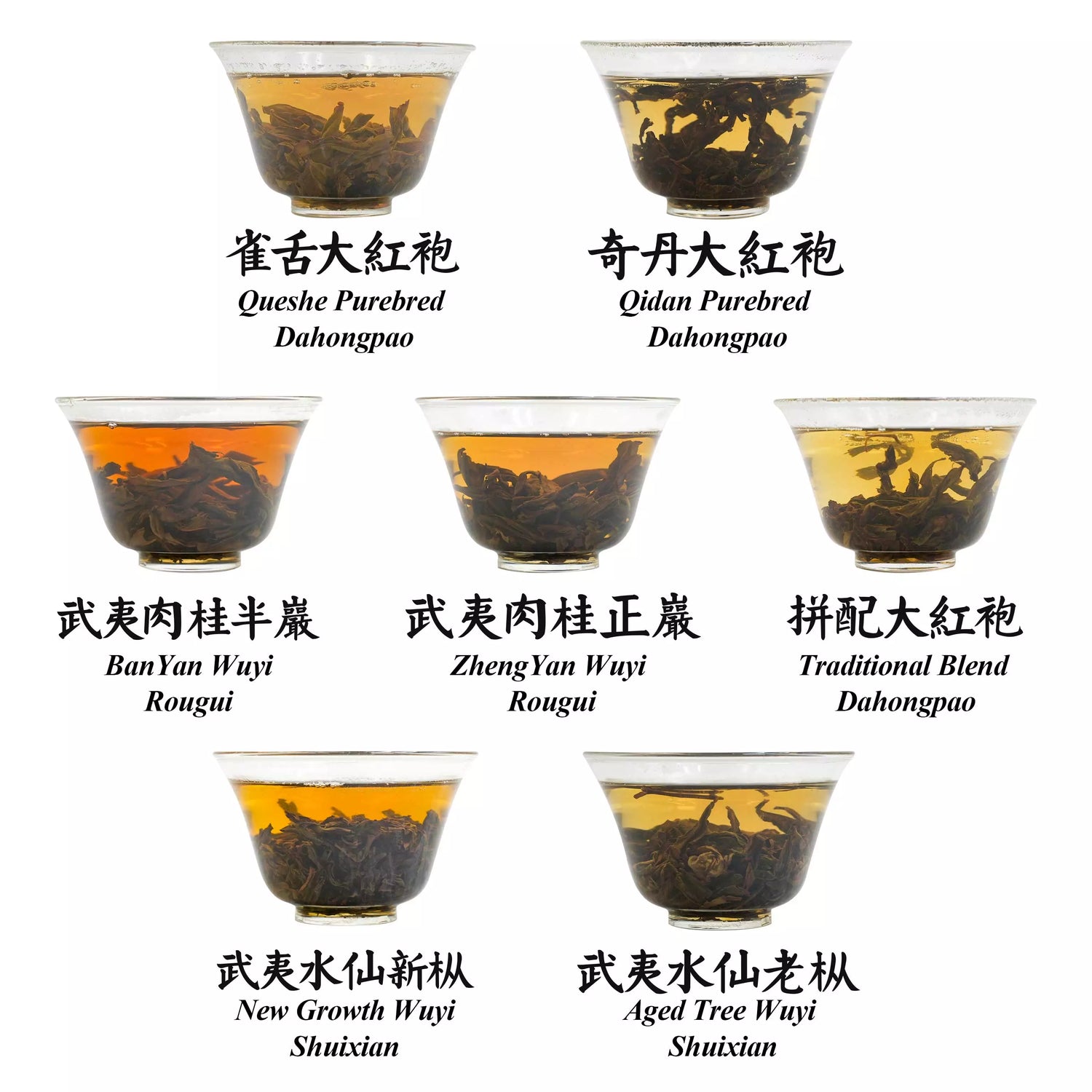
Коллекция чая «Mainstream Wuyi Rock» — 7 сравнений вкусов, 100 г
$74.99 USD
Цена за единицу товара заКоллекция чая «Mainstream Wuyi Rock» — 7 сравнений вкусов, 100 г
$74.99 USD
Цена за единицу товара заПолуферментированный улун, выращенный в скалистых расщелинах горы Уи в провинции Фуцзянь, известный своим уникальным ароматом «цветов каменной косточки» (Янь Юнь). Только чай, выращенный в охраняемой зоне города Уи, может носить это название. В других регионах (например, в Аньси) каменный чай не выращивают.
В этой коллекции представлены три самых культовых чая из Уи — да Хун Пао, Шуйсянь и Жужуй — а также их основные разновидности. Вы почувствуете разницу между купажированным и чистосортным Да Хун Пао, молодыми и старыми деревьями Шуйсянь, а также сердцевиной и полусердцевиной Жужуй. Вас ждет увлекательное путешествие в глубину и многогранность чая из Уи.
Как начать пить чай из утеса Уишань?
Новичкам мы рекомендуем начать с купажированных чаев Да Хун Пао, Шуйсянь и Жугуй — классических, доступных и хорошо сбалансированных чаев, которые станут прекрасным введением в чай Ушань.
Купажированный Да Хун Пао – самый знаменитый чай из Уишаньского утеса, купажированный для гармоничного вкуса с минеральностью утеса, цветочно-фруктовыми нотками и глубоким ароматом обжарки. Идеальный выбор для новичков.
Шуйсянь – мягкий и сочный, с древесной сладостью и длительным послевкусием. Идеально подходит для тех, кто предпочитает насыщенную, округлую текстуру.
Rougui – пряный аромат корицы с ярким, согревающим характером. Отличный выбор для любителей экспериментировать.
Почему стоит начать с этого?
Легко найти – широко распространены и отличаются стабильным качеством.
Доступная цена – отличное соотношение цены и качества за настоящий чай из утеса Уишань.
Универсальный – Охватывает основные вкусовые характеристики «Янь Юнь» (эссенции горных пород).
Состав продукта:
Традиционная смесь Дахунпао* 3 пакетика* 5 г
Qidan Purebred Dahongpao*3 пакетика* 5 г
Queshe Purebred Dahongpao* 3 пакетика* 5 г
Новый урожай Уи Шуйсянь* 3 пакетика* 5 г
Выдержанное дерево Уи Шуйсянь*3 пакетика* 5 г
BanYan Wuyi Rougui* 3 пакетика* 5 г
ZhengYan Wuyi Rougui* 2 пакетика* 5 г
Чайный мастер: Чэнь Хуэй陈辉
Происхождение: деревня Цзиншуй, город Синцунь, город Уишань, провинция Фуцзянь.
Время обработки: ноябрь 2024 г.
Срок годности: 36 месяцев
Высота: 400-600 метров
Почва: Гравийная почва
Окисление: 45-55%
Степень обжарки: средняя
Способ обжарки: обжарка на древесных углях
Как заваривать чай из скалы Уишань?
Вода: используйте фильтрованную или родниковую воду (избегайте жесткой воды).
Чайная посуда: чайник из исинской глины для чая средней и высокой обжарки; фарфоровая гайвань для чая более слабой обжарки.
Пробуждение: Выдержанный чай: сухая заварка в течение 1 часа; молодой чай: по желанию.
Температура: 95–100°C (203–212°F).
Соотношение чая и воды: 5 г на 90–100 мл (1:20).
Заваривание: Первые 3 заваривания: 5–10 сек., затем увеличить на 5–10 сек. Всего 8–10 завариваний.
Выдержанный Шуйсянь: первое заваривание 20 секунд для усиления аромата.
Советы:
Слабая обжарка (Цюэ Шэ, новый Шуйсянь): избегайте длительного нагревания.
Полная обжарка (Бэйдоу, выдержанный чай): для активизации ароматов используйте кипяток.
Кипящая вода для крепких сортов чая (Жоу Гуй, Бэйдоу): более низкая температура для деликатных сортов чая (Цюэ Шэ, новый Шуйсянь).
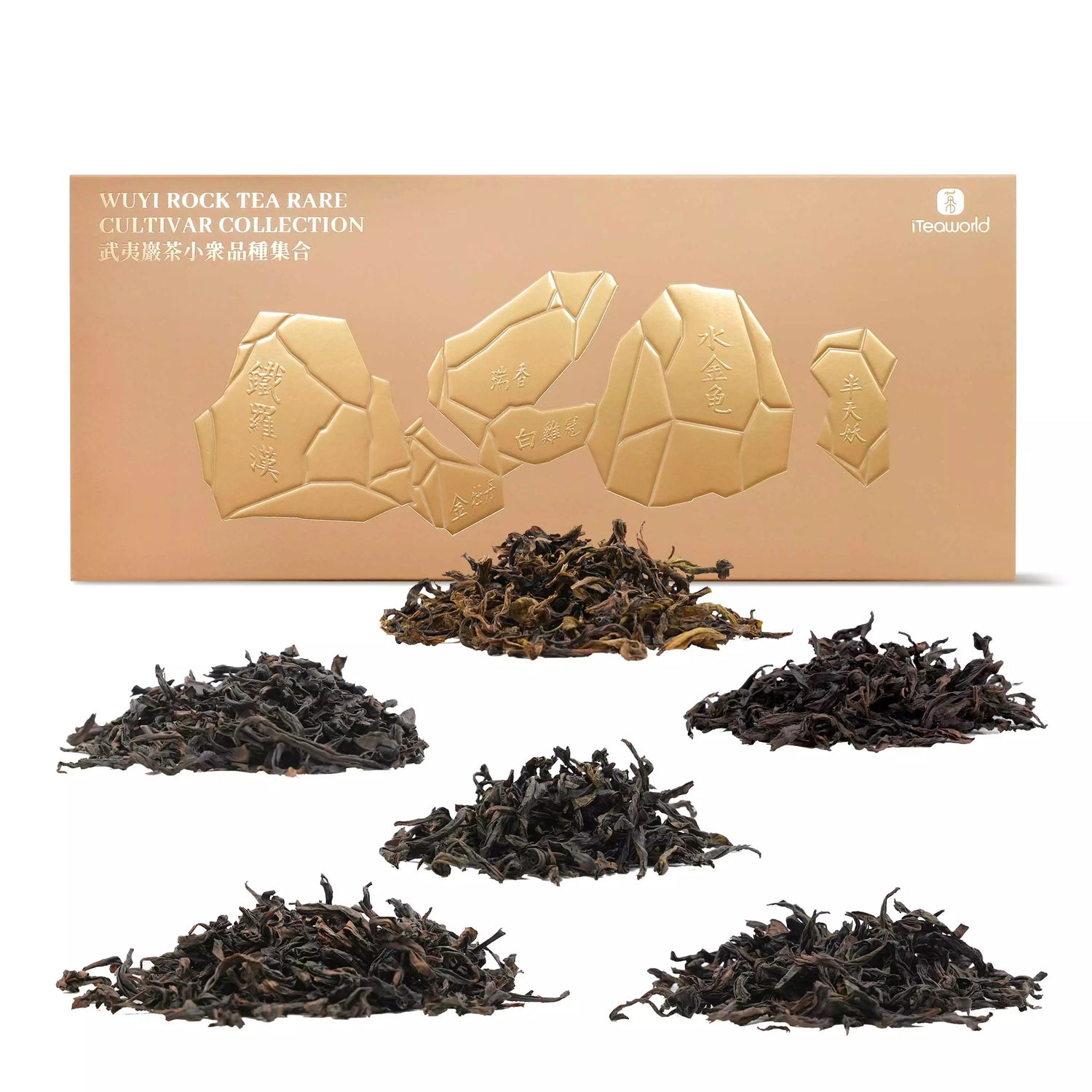

Коллекция редких сортов чая с утеса Уи — наследие и инновации, 100 г
$52.99 USD
Цена за единицу товара заКоллекция редких сортов чая с утеса Уи — наследие и инновации, 100 г
$52.99 USD
Цена за единицу товара за Кому понравится этот чай?
Эта коллекция идеально подходит тем, кто знаком с классическими чаями из Уи и готов глубже погрузиться в их редкие и самобытные сорта. В неё входят такие известные сорта, как Те Лохань, Бань Тянь Яо, Бай Цзи Гуань, Шуй Цзинь Гуй и Бай Жуй Сян, а также новые, пользующиеся большим спросом сорта, такие как Жуй Сян и Цзинь Мудань. Путешествие по многообразию вкусов и мастерству приготовления чая из Уи.
Состав продукта:
Те Луохань (Железный Архат)* 3 пакетика* 5 г
Бай Цзигуан (белый петушиный гребень)* 3 пакетика* 5 г
Шуй Цзинь Гуй (Золотая Водяная Черепаха)* 4 пакетика* 5 г
Бантиан Яо (Полунебесный гоблин)* 3 пакетика* 5 г
Джин Мудан (Золотой Пион)* 4 пакетика* 5 г
Байжуйсян (орхидея со ста ароматами) * 3 пакетика* 5 г
Чайный мастер: Чэнь Хуэй陈辉
Происхождение: деревня Цзиншуй, город Синцунь, город Уишань, провинция Фуцзянь.
Время обработки: ноябрь 2024 г.
Срок годности: 36 месяцев
Высота: 400-600 метров
Почва: Гравийная почва
Окисление: 45-55%
Степень обжарки: средняя
Способ обжарки: обжарка на древесных углях
Редкие сорта чая с горы Уишань: скрытые жемчужины из самого сердца Чжэнъяня
В то время как такие чаи, как Да Хун Пао, Жоу Гуй и Шуй Сянь, стали известными представителями чая из Уи, редкие сорта, такие как Те Ло Хань, Бай Цзи Гуань, Шуй Цзинь Гуй и Бань Тянь Яо, рассказывают более глубокую и аутентичную историю. Эти чаи происходят от диких, старинных чайных деревьев, которые веками росли в самом сердце гор Уи, и формировались естественным отбором и бережным выращиванием. Они воплощают в себе изначальное генетическое наследие чая из Уи.
Эти чайные деревья, произрастающие на отдалённых скалах и обрывистых уступах в основной зоне производства Чжэнъянь, таких как пещера Гуйдун и пик Саньхуа, глубоко пускают корни в расщелины скал, впитывая редкие минералы. В результате получается неповторимый вкусовой профиль с неуловимым и неповторимым «Янь Юнь» (стихотворение скалы), который ценят ценители.
Каждый редкий сорт дарит уникальные вкусовые ощущения:
«Бай Цзи Гуань» обладает легким, сладким ароматом кукурузных рылец.
В аромате Tie Luo Han ощущаются согревающие травяные ноты, напоминающие корень дягиля.
Ban Tian Yao поражает экзотическим букетом гардении, молока и меда — сложным и незабываемым.
Их редкость лишь добавляет им загадочности. Например, Бань Тянь Яо даёт менее 100 фунтов урожая в год. Тем не менее, несмотря на низкую урожайность, эти сорта имеют преданных поклонников среди опытных ценителей чая и коллекционеров. Один из самых выдающихся сортов, Жуй Сян, ценится как «секретное оружие» в премиальных купажах за свой пронзительный, стойкий аромат.
Эти чаи — не просто вкус, они — живое культурное наследие.
Бай Цзи Гуань имеет даосские корни.
Сюжет «Шуй Цзинь Гуй» связан с легендами о золотой черепахе, ищущей справедливости.
Когда-то «Те Ло Хань» был ведущим экспортным товаром в Юго-Восточную Азию.
В эпоху массового производства и стандартизации вкуса эти редкие сорта чая из Уи предлагают смелую альтернативу: многогранность, характер и глубокая связь с терруаром. Их устойчивость к болезням, способность расти в тени и засухе, также открывает перспективы для будущего чайного дела.
Как говорят местные чаеводы: «Жоу Гуй олицетворяет сегодняшний день, но редкие сорта ведут нас в завтрашний день». Знакомство с ними — словно чтение живой энциклопедии чая с утеса Уи: каждый глоток — это страница из архива самой природы.
Как заваривать эти чаи?
-
Основные принципы
Чайная посуда: используйте фарфоровую гайвань (лучше для аромата) или чайник из исинской глины (для усиления насыщенности чая).
Вода: Фильтрованная или родниковая (избегайте жёсткой воды). Температура: Кипение (100°C/212°F) для чая средней/сильной обжарки; 90–95°C (194–203°F) для чая слабой обжарки.
Соотношение: 1:20 чая и воды (например, 5 г/3,8 унции чая на 110 мл/3,8 унции воды). -
Этапы заваривания
Подогрейте чайную посуду: ополосните чашки и чайник горячей водой, чтобы раскрыть ароматы.
Первое полоскание: Залейте листья кипятком и сразу же выбросьте (это пробудит чай).
Заваривание:
Короткие заваривания: начните с 5–10 секунд для первых трех завариваний.
Постепенно увеличивайте время: добавляйте 5–10 секунд на каждое последующее заваривание.
Избегайте чрезмерного настаивания: это предотвращает появление горечи.
Советы для западных людей
Подсказки по вкусу:
«Rock Essence» (Янь Юнь): минеральное послевкусие, напоминающее влажные камни, — признак качества.
Тест на холодную чашку: понюхайте пустую чашку после глотка. Настоящий уишанский чай сохраняет ноты альпийских трав и сливы.
Устранение горечи: сократите время заваривания или используйте более прохладную воду (88–90 °C).
Сочетания: Темный шоколад (для блюд сильной обжарки) или лимонный тарт (для блюд слабой обжарки).
Введение:
Этот чай Да Хун Пао тщательно отобран из осеннего урожая 2023 года, собранного на высокогорных чайных плантациях в горах Уи, провинция Фуцзянь, на высоте более 400 метров. Исключительные условия выращивания придают насыщенный, крепкий вкус и сложные слои вкуса. Стандарт сбора одной почки и двух листьев обеспечивает насыщенное, сладкое послевкусие с выраженным фруктовым ароматом и отчетливой «каменной эссенцией» (Янь Юнь).
Причины рекомендовать:
- Богатая история: Имея более чем 700-летнюю историю, Да Хун Пао считается лучшим чаем среди ученых и литераторов.
- Основная производственная зона: выращивается в самом сердце горы Уи, провинция Фуцзянь, где среднегодовая температура колеблется от 16°C до 25°C, безморозный период длится 253-272 дня, а годовое количество осадков составляет около 2000 мм. Кислая красная почва, богатая органическими веществами и минералами, способствует уникальному вкусовому профилю чайных деревьев Да Хун Пао.
- Высокогорные чайные плантации: этот чай выращивается в высокогорных садах горы Уи, где прекрасный климат усиливает насыщенность чая, обеспечивая более полное, сладкое послевкусие и более интенсивный, стойкий аромат с ярко выраженной «горной эссенцией».
- Уникальный процесс обжарки: отборные чайные листья медленно обжариваются при слабом нагревании, приобретая сладкий аромат с легким дымным оттенком.
Степень окисления: 50%-60%
Степень обжарки: Полная обжарка
Почва чайного сада: Желтая почва
Мастер купажа: [Имя мастера купажа, если известно]
Время обработки: осень 2023 г.
Срок годности: 36 месяцев
Сорт чая: Смесь Да Хун Пао
Дикий улун , произведенный в деревне Ли Цзян, уезд Луншэн , Гуйлинь, Гуанси . Окруженный горами со всех сторон, регион может похвастаться богатой органической почвой , сильным солнечным светом и частыми осадками на высоте около 1000 метров . Выращенный в нетронутой экологической среде с обильной растительностью, этот дикий улун культивируется без химических удобрений и пестицидов , что приводит к ограниченному урожаю — только один весенний урожай в год . Обработанный с использованием технологий чая из скалы Уи , он предлагает богатый цветочно-фруктовый аромат с душистым настоем и взрывом цветочно-фруктовых нот при дегустации. Настой ярко-оранжево-красный с явными золотистыми кольцами .
Введение:
Этот премиальный Тегуаньинь тщательно отобран из осеннего урожая 2023 года. Собранный с высокогорных чайных плантаций в Аньси, Фуцзянь (самое аутентичное происхождение), исключительные условия выращивания придают богатый и крепкий вкусовой профиль. Тщательно изготовленный небольшими партиями профессиональными чайными фермерами, этот чай гарантирует мягкий, мягкий вкус с сильным ароматом орхидеи.
Причины рекомендовать:
- Знаменитый китайский чай: Anxi Tieguanyin, возникший около 1725 года, входит в десятку самых известных чаев Китая. 22 мая 2023 года Anxi Tieguanyin был награжден сертификатом «Глобально важные системы сельскохозяйственного наследия».
- Подлинное происхождение: Выращено в Аньси, провинция Фуцзянь, где горная местность и туманный климат создают среднегодовую температуру 15-18°C, безморозный период 260-324 дня и годовое количество осадков 1700-1900 мм. Относительная влажность превышает 78%, а кислая красная почва, богатая органическими веществами и минералами, способствует уникальному вкусу чайных деревьев Тегуаньинь.
- Высокогорные чайные сады: по сравнению с другими чаями Тегуаньинь, этот сорт выращивается в высокогорных садах в Аньси, где прекрасный климат усиливает насыщенность чая, обеспечивая более мягкое, сладкое послевкусие и более интенсивный аромат.
- Тщательное мастерство: этот чай тщательно производится небольшими партиями опытными фермерами и проходит множество сложных процессов для достижения высочайшего качества.
Степень окисления: 15%-25%
Степень обжарки: легкая обжарка
Почва чайной плантации: красная почва
Время обработки: ноябрь 2024 г.
Срок годности: 36 месяцев
Сорт чая: Тегуаньинь
Введение:
Этот улун квадратной формы Zhangping Shuixian тщательно отобран из весеннего урожая 2023 года и изготовлен лучшим мастером чая с использованием уникальных традиционных методов. Собранный в высокогорных чайных садах в Чжанпине, провинция Фуцзянь, на высоте около 600 метров, исключительные условия выращивания придают этому чаю насыщенный и мягкий вкус. Стандарт сбора в первую очередь одной почки и двух листьев обеспечивает сильный аромат орхидеи, мягкий и освежающий вкус и яркий золотистый ликер.
Причины рекомендовать:
- Основная зона производства: выращивается в Чжанпине, провинция Фуцзянь, где климат теплый, влажный и обильный осадками, с мягкой зимой и прохладным летом. Среднегодовая температура колеблется от 16,9°C до 20,7°C, годовое количество осадков 1450-2100 мм, безморозный период 251-317 дней и средняя годовая продолжительность солнечного сияния 1853 часа, что обеспечивает идеальные природные условия для производства чая.
- Уникальная форма: Чайные блины Zhangping Shuixian сочетают в себе методы производства Minbei Shuixian и Minnan Tieguanyin. Спрессованный в квадратные блины с использованием деревянных форм, это единственный прессованный чай в категории улун, предлагающий уникальный стиль и богатый традиционный вкус.
- Традиционный процесс ручной работы: Этот Zhangping Shuixian является шедевром традиционного ручного изготовления чая. Мастер настаивает на использовании ручных методов и традиционной обжарки на угле для сушки, сохраняя подлинное мастерство чая Zhangping Shuixian.
Степень окисления: от легкой до средней (25%-30%)
Степень обжарки: легкая обжарка (70-80°C)
Почва чайной плантации: желто-красная почва
Мастер купажа: Хэ Мэйцин
Время обработки: июнь 2024 г.
Срок годности: 24 месяца
Сорт чая: Миннан Шуйсянь
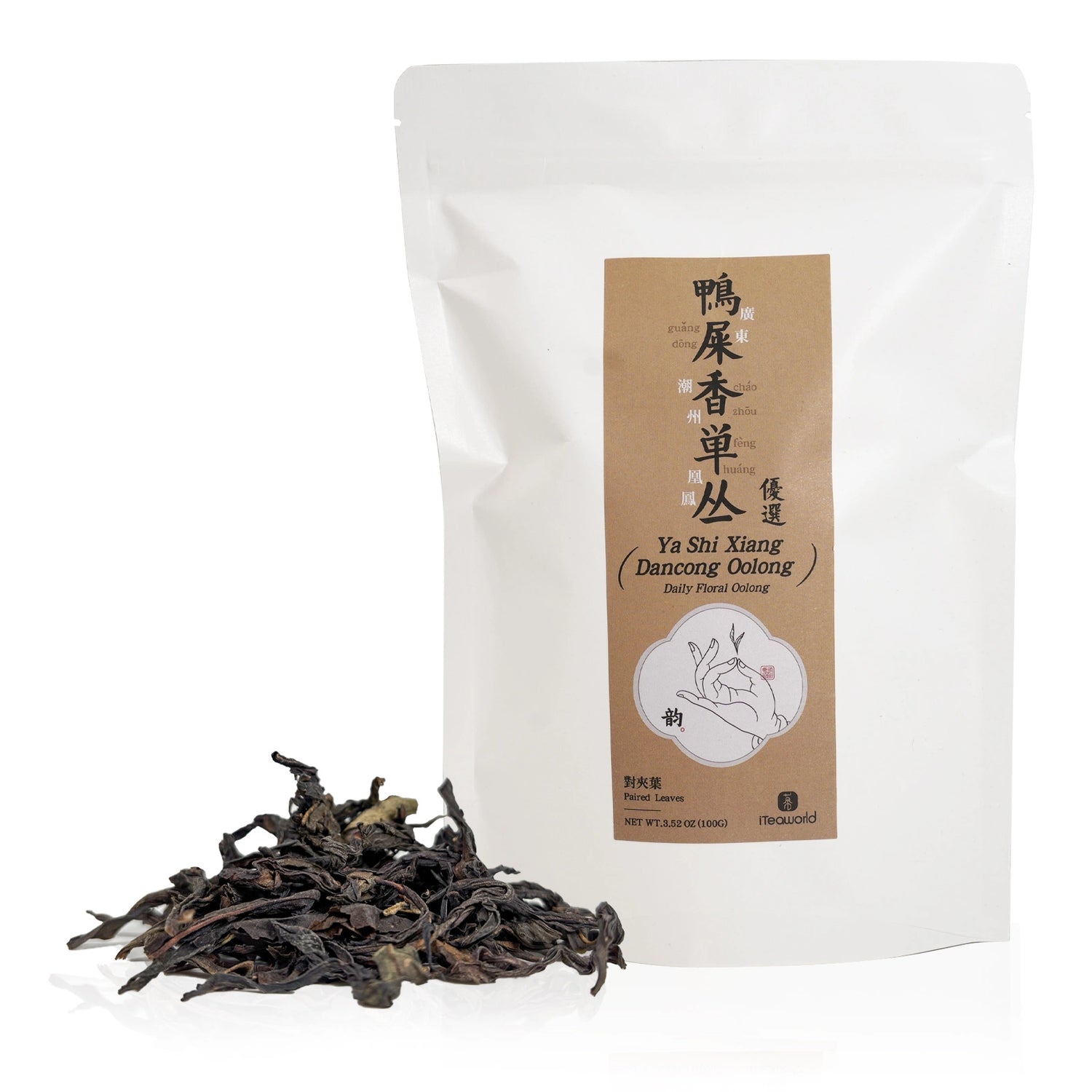
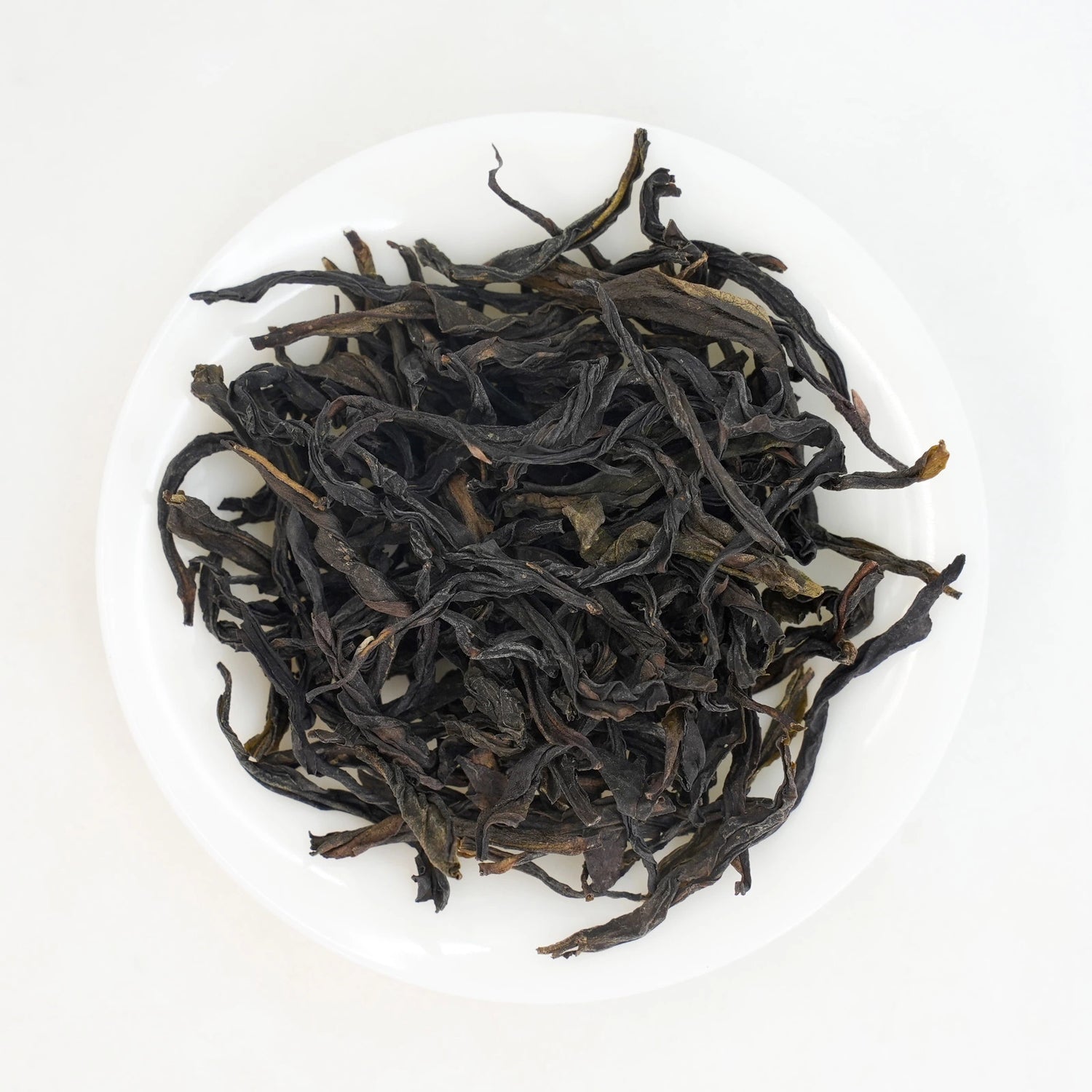
Чай Ya Shi Xiang Dancong Oolong для ежедневного употребления 100 г (весна 2025 г.)
$24.99 USD
Цена за единицу товара заЧай Ya Shi Xiang Dancong Oolong для ежедневного употребления 100 г (весна 2025 г.)
$24.99 USD
Цена за единицу товара заЯ Ши Сян Даньцун | 鸭屎香单丛乌龙茶
Несмотря на свое необычное название, Я Ши Сян (с ароматом утиного помёта) — один из самых любимых и доступных сортов улуна Даньцун. Этот чай, выращенный на горе Удун и собранный в апреле 2025 года, изготовлен из оригинального сорта Я Ши Сян, известного своим насыщенным цветочным ароматом и золотисто-сладковатым, словно нектар, вкусом.
Эта партия чая поступает из деревни Фэнси у водохранилища в городке Фэнхуан района Чаоань города Чаочжоу, провинция Гуандун. Расположенный на высоте 500–600 метров, этот район считается одним из лучших для производства чая Чжуншань Даньцун. Чуть выше расположен пояс гор среднегорья, но чаи с этой высоты уже считаются одними из лучших среди коммерческих сортов Даньцун, предлагая исключительное качество по выгодной цене.
Изготовленный методом легкой обжарки для сохранения его фирменного аромата, он отличается шелковистой текстурой, яркими цветочными нотами и продолжительным сладким послевкусием.
Происхождение: водохранилище Фэнси, город Феникс, Чаочжоу, провинция Гуандун.
Изготовитель чая: Лю Чэнпэн — мастер чайного дела во втором поколении с более чем 20-летним опытом работы в семье, которая на протяжении поколений изготавливает чай Даньцун.
Сорт: Я Ши Сян (Аромат утиного дерьма).
Урожай: апрель 2025 г. (весна)
Высота : 500-600 м
Окисление: среднее (40–50%)
Обжарка: светлая (традиционная обжарка на древесном угле)
Срок годности: 3 года
Хранение: хранить в герметичном контейнере в прохладном, сухом месте без посторонних запахов. Данцун слабой обжарки рекомендуется хранить в холодильнике, чтобы сохранить его цветочный аромат.
Вкус
Аромат: насыщенный цветочный — гардения, магнолия и мед
Вкус: насыщенный, нектаро-сладкий, с мягким телом и мягкими минеральными нотками.
Послевкусие: продолжительное, цветочно-сладкое с охлаждающим эффектом в горле.
Пивоварение
Сосуд: Фарфоровая гайвань / Глиняный горшок Чаочжоу
Вода: 95°C | 203°F
Метод Гайвань:
5–7 г на 100 мл, 1–3-й: 8–12 с. | 4-й и последующие: добавить 5–8 с. на каждый завар | До 9 заварок
Инструкции по приготовлению холодного напитка:
Используйте 3–5 г чая на 500 мл (около 17 унций) воды .
Совет по использованию воды: лучше всего подойдет родниковая или очищенная мягкая вода.
Плотно закройте контейнер и поместите в холодильник (39–46°F / 4–8°C) .
Дайте настояться в течение 6–8 часов (идеально заваривать перед сном и наслаждаться утром).
Примечание: Слишком короткое заваривание может привести к слабому аромату; более 10 часов заваривания могут вызвать легкую горечь.
Случаи
Идеально подходит для знакомства друзей с улунским чаем Даньцун.
Бодрящий послеобеденный аромат со сладким, цветочным настроением
Понравится всем — отлично подходит как для непринужденной, так и для целенаправленной дегустации.
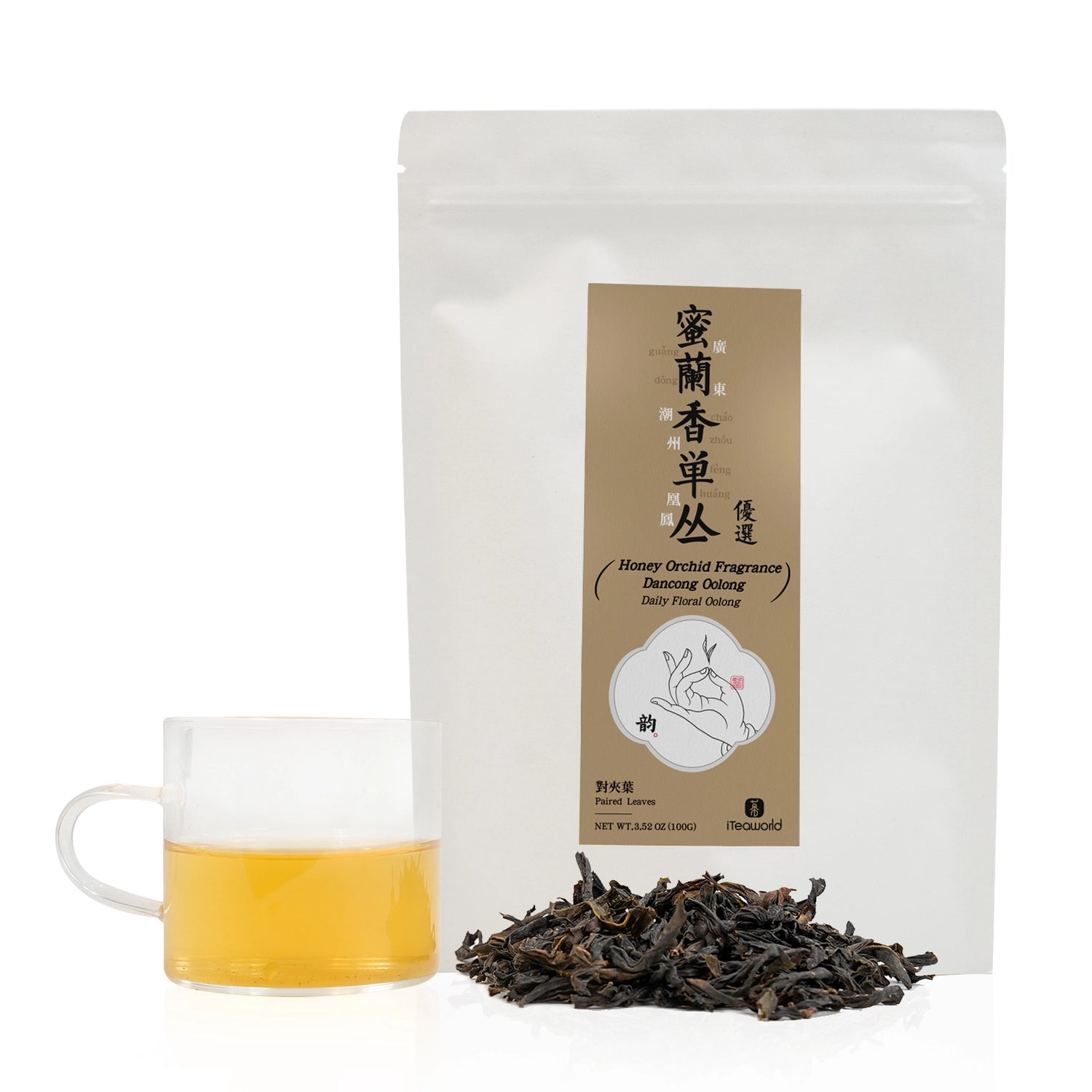
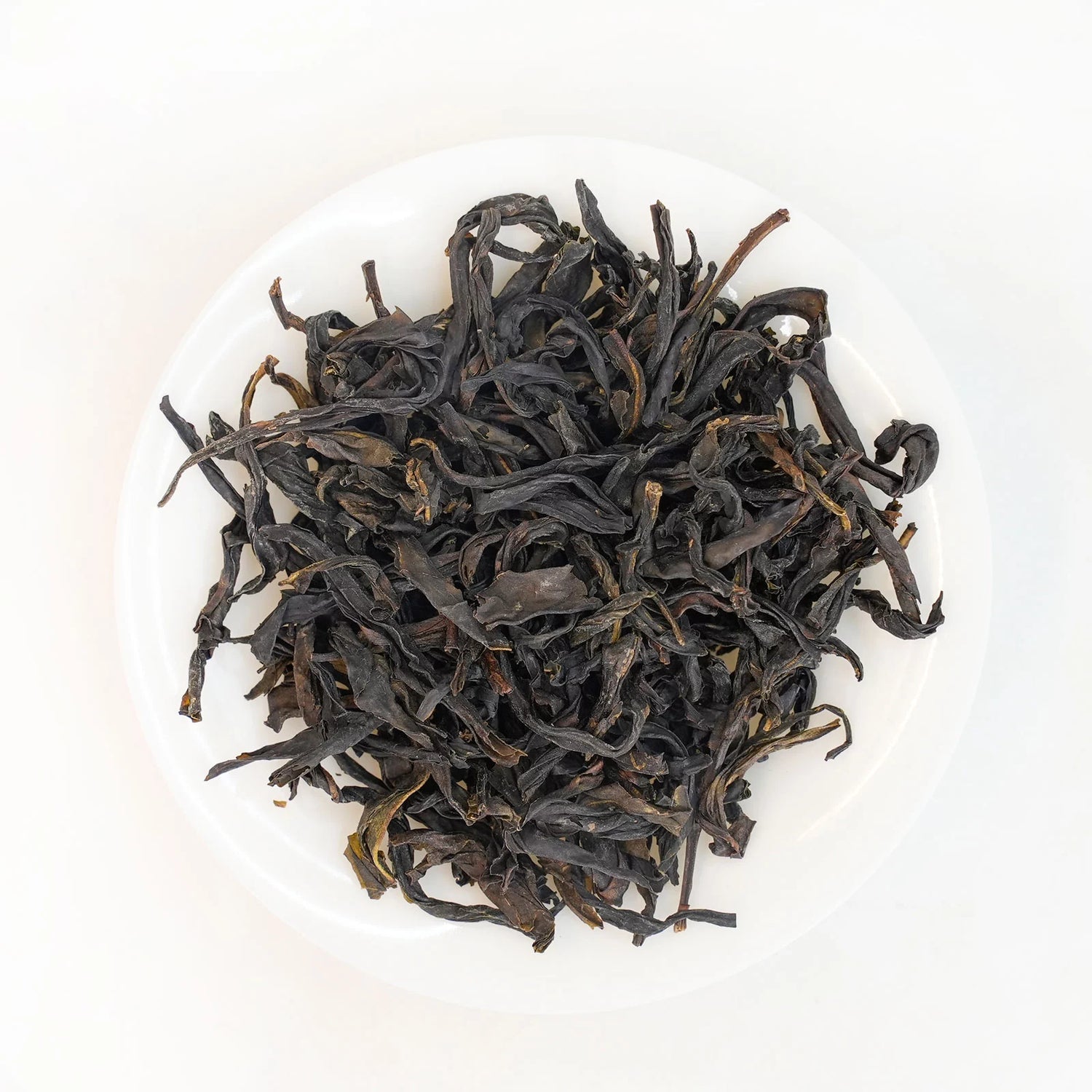
Улун Ми Лань Сян Даньцун (Аромат медовой орхидеи) 100 г для ежедневного использования (весна 2025 г.)
$24.99 USD
Цена за единицу товара заУлун Ми Лань Сян Даньцун (Аромат медовой орхидеи) 100 г для ежедневного использования (весна 2025 г.)
$24.99 USD
Цена за единицу товара за Фэнхуан Даньцун (Ми Лань Сян)|凤凰单枞蜜兰香
Введение
Чай «Ми Лань Сян Даньцун» — один из самых знаменитых улунов Феникса Даньцун, известный своим естественным, насыщенным ароматом медово-орхидейного чая. Тёмные сухие листья средней скрутки завариваются в золотисто-янтарный напиток с насыщенным вкусом с оттенками цветочной и фруктовой сладости. Его нектарная мягкость сохраняется на протяжении нескольких проливов, а освежающее послевкусие становится глубже по мере заваривания.
Этот чай производится в деревне, расположенной в одной из элитных зон Чжуншань Даньцун — местности, которую местные жители считают воротами в высокогорный регион выращивания чая. Чаи из этой зоны считаются высшими среди коммерческих Даньцун, предлагая исключительное качество по доступной цене. Чай создан опытным чаеваром из семьи с давними традициями чаеварения, имеющим более чем 20-летний практический опыт.
Происхождение: деревня Фэнси, город Фэнхуан, Гуандун | 500 м
Окисление: 40–50% | Обжарка: средняя (100–120 °C, 6–10 ч)
Изготовитель чая: Лю Чэнпэн — мастер чайного дела во втором поколении с более чем 20-летним опытом работы в семье, которая на протяжении поколений изготавливает чай Даньцун.
Сорт: Ми Лан Сян Даньцун.
Урожай: апрель 2025 г. (весна)
Высота : 500-600 м
Окисление: среднее (40–50%)
Обжарка: светлая (традиционная обжарка на древесном угле)
Срок годности: 3 года
Хранение: хранить в герметичном контейнере в прохладном, сухом месте без посторонних запахов. Данцун слабой обжарки рекомендуется хранить в холодильнике, чтобы сохранить его цветочный аромат.
Пивоварение
Сосуд: Фарфоровая гайвань / тонкий глиняный горшок
Вода: родниковая/чистая, 100 мл: 5 г чая, 100°C|212°F
Заваривание: 1-3-й: 8-12 с; 4-7-й: +5-10 с на заваривание
Вкус
Аромат: Орхидея (основной), мед, ноты спелых фруктов
Вкус: Густой как мед | Нежный как нектар
Послевкусие: продолжительное >1 мин., охлаждающее цветочное послевкусие
Случаи
Утреннее наслаждение (заряжающее энергией и одновременно мягкое)
Послеобеденное расслабление (цветочный аромат успокаивает разум)
Холодное заваривание (4°C, 2 ч; усиливает фруктовые ноты)
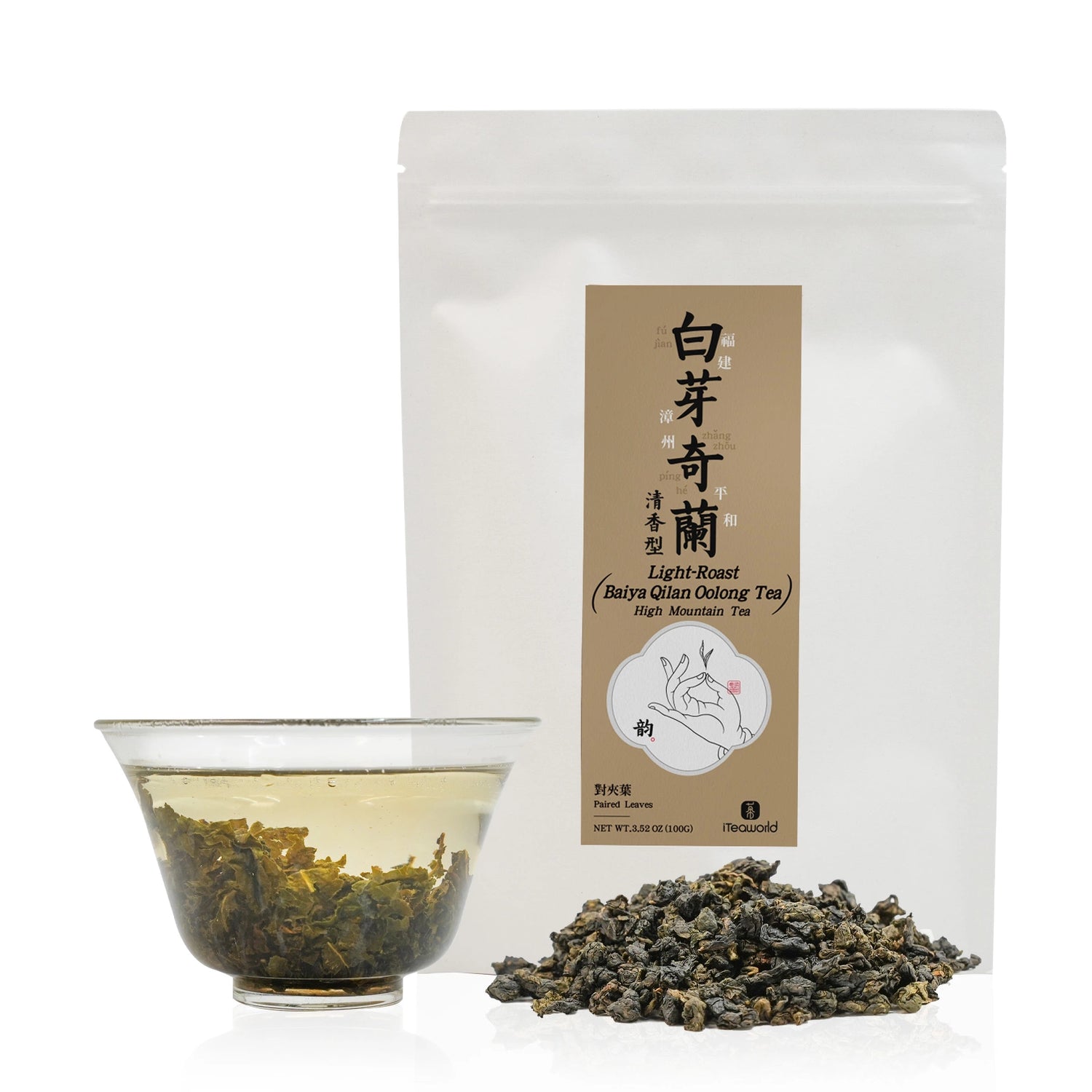
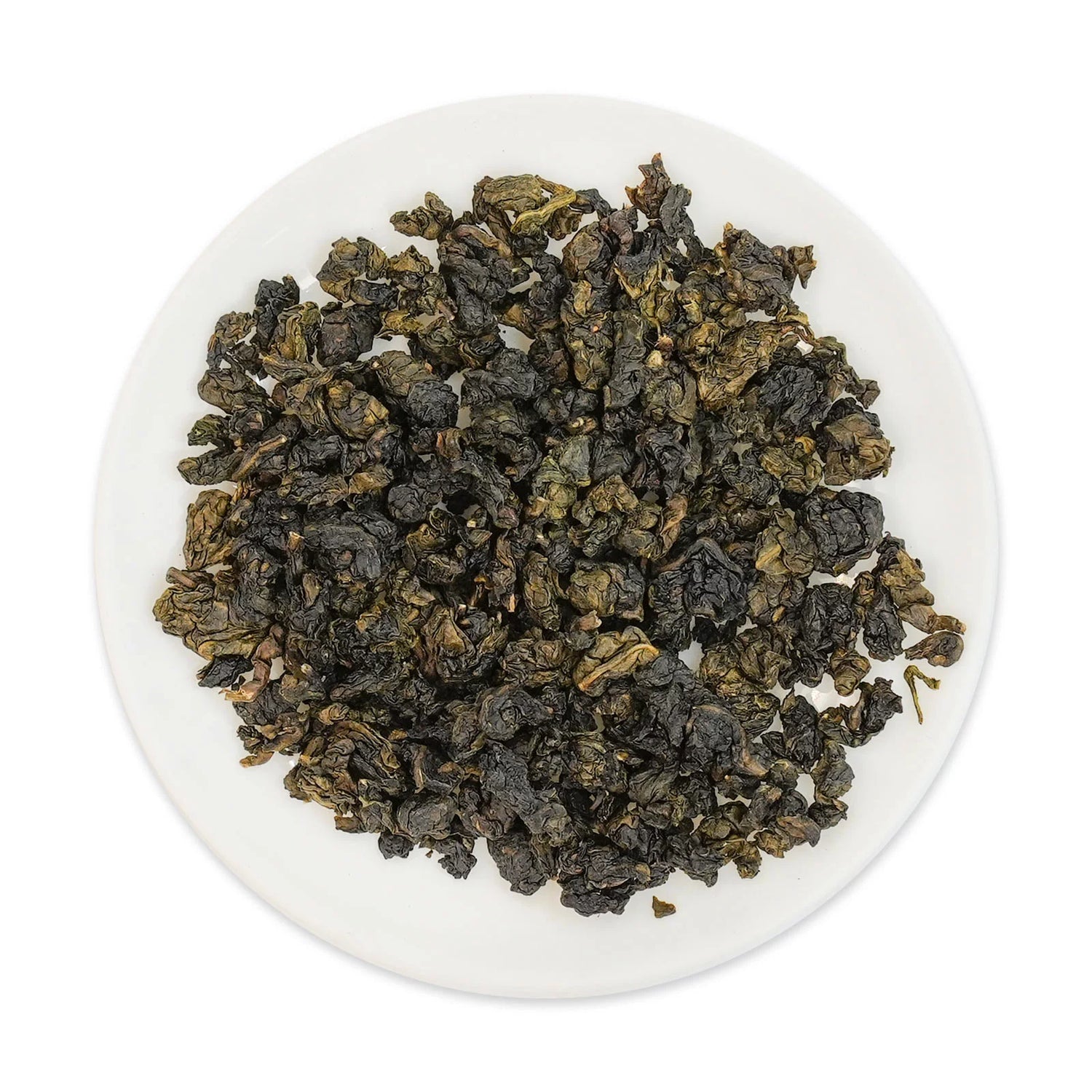
Премиальный чай Байя Цилань улун 100 г с фруктовым ароматом
$36.99 USD
Цена за единицу товара заПремиальный чай Байя Цилань улун 100 г с фруктовым ароматом
$36.99 USD
Цена за единицу товара заБайя Килан
Байя Цилань — редкий сорт улуна, произрастающий в уезде Пинхэ провинции Фуцзянь. Впервые обнаруженный во времена династии Цин, он получил своё название благодаря бледным бутонам и сильному аромату орхидеи. Это один из пяти лучших улунов провинции Фуцзянь, ценимый за уникальное сочетание цветочного аромата и натуральной медовой сладости.
Наш чай собирают в высокогорных садах горы Дацинь (около 1000 метров), где туманное небо и богатая селеном почва способствуют раскрытию его богатого аромата. Каждая чашка раскрывается яркими нотами орхидеи и помело, мягкой текстурой и освежающим сладким послевкусием.
Это изысканный, элегантный улун, который понравится как любителям цветочного чая, так и тем, кто ищет что-то редкое и естественно сладкое.
-
Происхождение: гора Дацинь, поселок Цилин, округ Пинхэ, Чжанчжоу, Фуцзянь, Китай.
-
Чайник: Цай Сяохун
-
Урожай: осень 2024 г.
-
Срок годности: 36 месяцев
-
Сорт: Цилань
-
Высота: 800–1000 метров
Часто задаваемые вопросы
Заваривать улун совсем не сложно — просто следуйте нескольким ключевым советам, и вы с легкостью насладитесь ароматной чашкой чая:
Температура воды: от 85°C до 100°C (от 185°F до 212°F), в зависимости от сорта чая
Соотношение чая и воды: используйте одну мини-чайную лепешку (5 г) или 1–2 чайные ложки рассыпчатого чая на каждые 200 мл (7 унций) воды.
Время заваривания: заваривайте около 30–60 секунд при первой заварке. С каждым последующим завариванием время заваривания немного увеличивайте.
Многократные заваривания: Улун известен тем, что его можно заваривать повторно — обычно от 3 до 5 раз и более. Каждый завар раскрывает новые грани аромата и вкуса.
Чай улун содержит умеренное количество кофеина и богат полифенолами, которые при употреблении в правильном количестве способствуют повышению энергии, улучшению пищеварения и общему благополучию.
✅ Рекомендуемое время для употребления чая улун:
После завтрака (9:00–10:30)
Мягко пробуждает пищеварительную систему и повышает ясность ума.
- После обеда (13:00–15:00)
Помогает пищеварению и уменьшает употребление жирной пищи — особенно полезно после плотного обеда. - Время послеобеденного чая (15:00–17:00)
Снимает усталость и освежает разум. Это одно из лучших времен для ежедневного чаепития. - После ужина (до 19:00, в умеренных количествах)
Вы можете наслаждаться улунами с низким содержанием кофеина или жареными сортами чая (например , Да Хун Пао ), чтобы улучшить пищеварение, но не пейте их слишком поздно, чтобы не нарушить сон.
❌ Время, которого следует избегать:
Натощак: Чай улун обладает согревающими свойствами и может повысить кислотность желудка, если употреблять его без еды.
За 2 часа до сна: содержащийся в нем кофеин может повлиять на качество вашего сна.
☕ Сколько в день?
Для большинства людей от 2 до 4 чашек в день (около 10–20 г сухого чая) — это полезный и приятный напиток. Поскольку улун можно заваривать несколько раз, вы можете распределить время чаепития в течение дня.
Улун — это полуферментированный чай, занимающий промежуточное положение между зелёным и чёрным чаем по способу обработки и вкусу. Это означает, что он сочетает в себе свежесть зелёного чая с насыщенностью чёрного — поистине уникальный баланс.
Зелёный чай не подвергается окислению, сохраняя травянистые, растительные ноты и лёгкий, освежающий вкус. Он идеально подходит для тех, кто ценит чистый и нежный вкус.
Чёрный чай полностью ферментирован, обладает насыщенным, мягким вкусом с нотками мёда, солода и фруктов. Он согревающий и насыщенный.
Улунский чай частично окислен (обычно от 10% до 70%). Его вкус сильно варьируется:
Слегка окисленные улуны (например, Те Гуань Инь) имеют цветочный и свежий аромат.
Улуны средней и высокой степени окисления (например, Да Хун Пао) — насыщенные, обжаренные и согревающие.
Некоторые из них, как, например, Oriental Beauty, имеют сладкий, медовый аромат.
Ещё одно важное отличие: улун более устойчив к многократным завариваниям, чем зелёный чай. Вы можете заваривать одни и те же листья 3–5 раз и более, и каждая заварка будет постепенно раскрывать новые грани аромата и вкуса. Он идеально подходит для медленного потягивания и осознанных чаепитий.
Основная концепция: Начните с малого, сосредоточьтесь на практике, наслаждайтесь процессом.
Шаг 1: Получите базовые знания и образцы чая для начинающих
Изучите основные понятия и категории улуна. Купите несколько образцов чая для начинающих, чтобы попробовать.
Шаг 2: Научитесь заваривать
Изучите методы заваривания улуна. Вам не понадобится много инструментов — просто начните с правильного соотношения чая и воды и времени заваривания.
Шаг 3: Внимательно попробуйте
Обращайте внимание на особенности каждой чайной церемонии — цвет настоя, листья, вкус и аромат. Это ключ к пониманию каждого вида улуна.
Шаг 4: Углубление знаний и практики
Сравнительная дегустация: попробуйте разные сорта одного и того же чая или чаи с разных гор.
Расширьте исследования: попробуйте больше сортов улуна.
Используйте ресурсы:
Высококачественные блоги/сайты: официальный блог бренда чая, например блог о чае улун iTeaworld.
Онлайн/офлайн сообщества:
Reddit: Сообщество r/tea очень активно — вы можете задавать вопросы, делиться и читать дегустационные заметки других.
Местные чайные мероприятия/семинары.
Прелесть улуна кроется в его богатом аромате и постоянно меняющемся вкусе. Например:
Некоторые из них свежие и элегантные, как Те Гуань Инь.
Некоторые сладкие и нежные, как мед, как «Восточная красавица».
Некоторые сорта обладают насыщенным и мягким вкусом, оставляя длительное послевкусие, например, Да Хун Пао.
Улун особенный тем, что «чем чаще завариваешь, тем ярче раскрывается его вкус». Его можно заваривать многократно, и каждый настой раскрывает свой характер — словно ведя беседу с чаем.
Первая заварка ароматная и приятная.
Второй завар – сладкий и освежающий.
С третьей заварки аромат становится мягче, а вкус — глубже.
Вы не сможете удержаться и не попробовать его снова и снова, влюбляясь в него все глубже.
Каждый вид улуна – это словно «вкусовая история», сочетающая в себе гармонию природы, мастерство чайного мастера и терруар гор. Процесс чаепития – это также путешествие, полное открытий и наслаждения.
Не волнуйтесь! Мы предлагаем 30-дневную гарантию качества. Если чай вам не понравится, вы можете вернуть деньги — возврат не требуется. Просто свяжитесь с нашей службой поддержки клиентов в любое время. Это безупречный способ познакомиться с чаем и найти вкусы, которые вам действительно по душе.
Безусловно, ваша безопасность — наш главный приоритет.
✅ Соответствует требованиям FDA США
Все наши чаи проходят обязательные радиационные испытания, требуемые Управлением по санитарному надзору за качеством пищевых продуктов и медикаментов США (FDA). Без этого они даже не пройдут таможню.
✅ Тестирование пестицидов на уровне ЕС
Наши чаи прошли тестирование на наличие остатков более 500 пестицидов . Ингредиенты нашей серии чаёв из диких и старых деревьев соответствуют экспортным стандартам ЕС (сертификация в процессе).
✅ Из высокогорных садов с низким уровнем вмешательства
Мы закупаем чай с высокогорных ферм с минимальным вмешательством человека, используя старинные сорта, размножаемые семенами . Эти чайные деревья растут в естественных условиях, вдали от интенсивного использования пестицидов и удобрений, характерного для промышленных плантаций.
✅ Полная прослеживаемость и прозрачность
Мы предоставляем подробную информацию о происхождении каждого сорта чая, включая название населённого пункта , производителя , дату сбора урожая , сорт дерева , высоту над уровнем моря , тип почвы и многое другое. Для зелёного чая вы также увидите сорт листа .
Не нашли то, что искали? Обратитесь в нашу службу поддержки клиентов — мы будем рады помочь.





